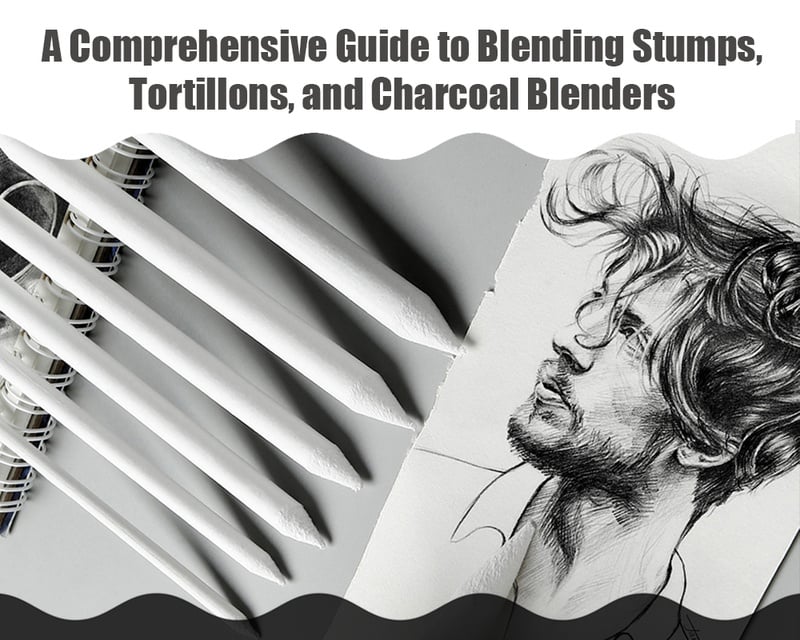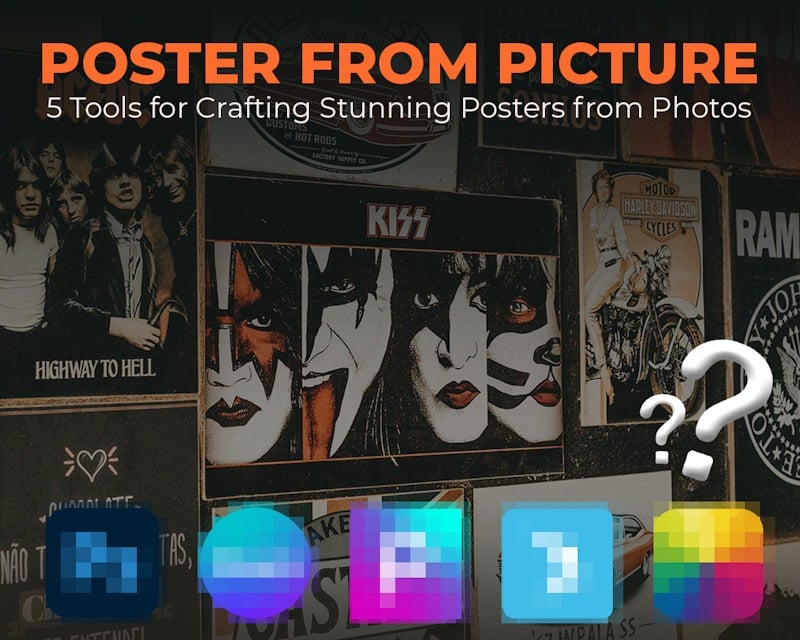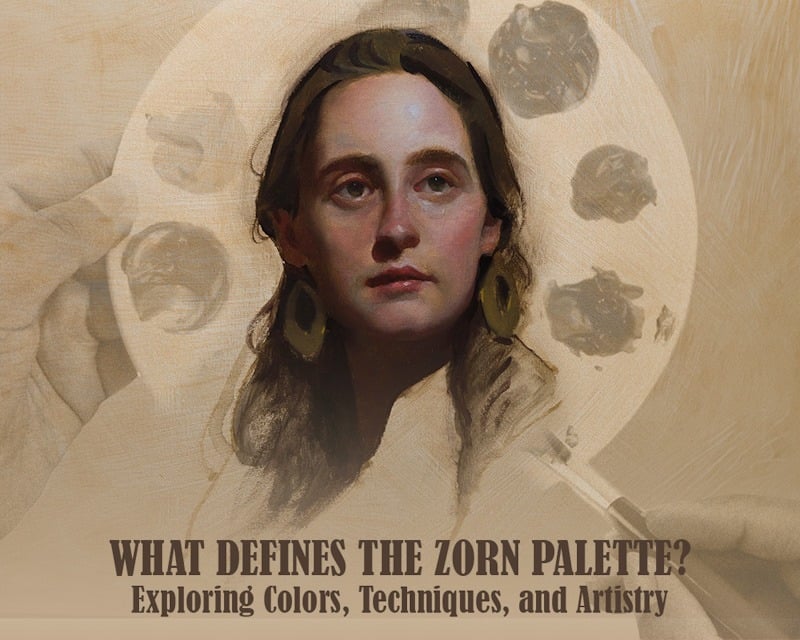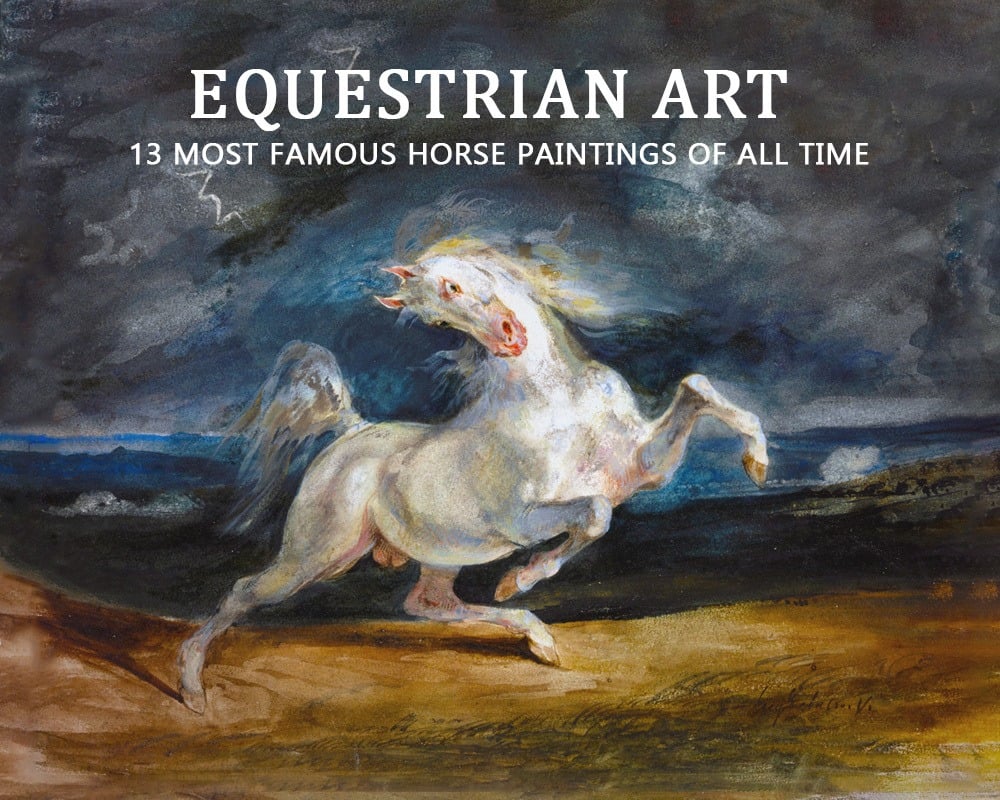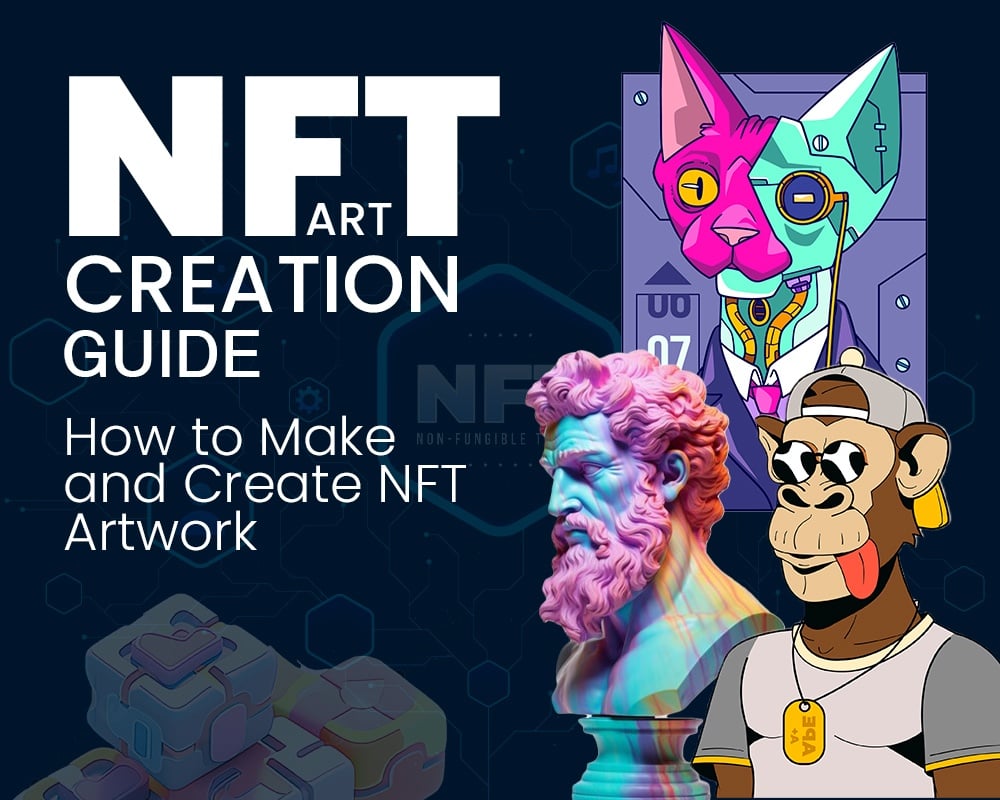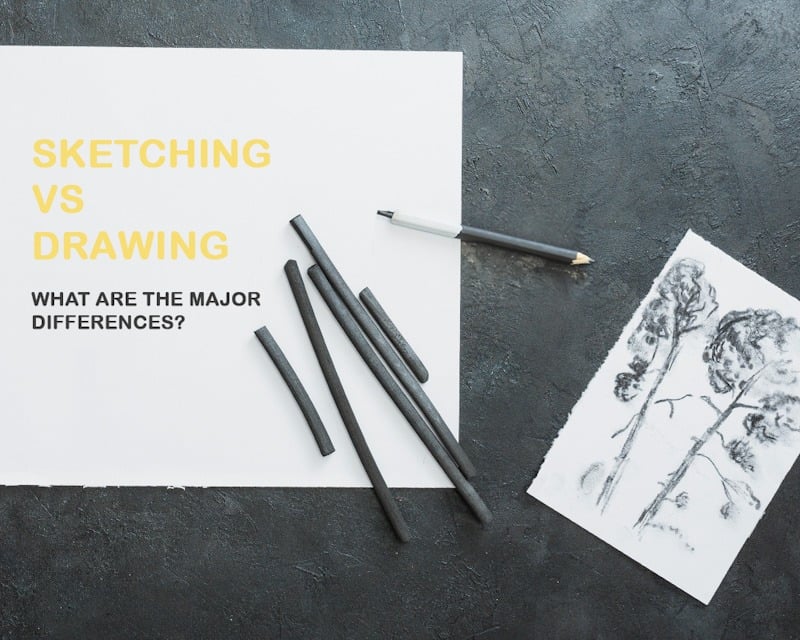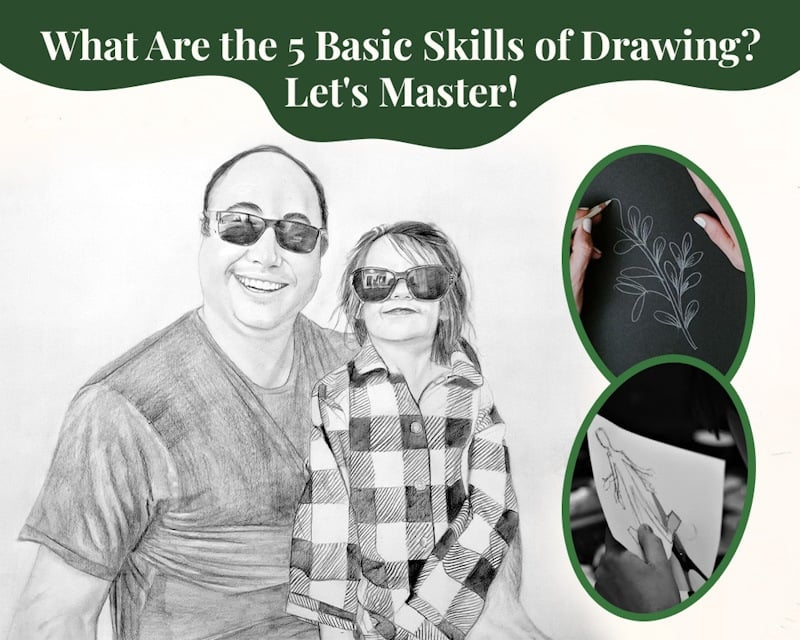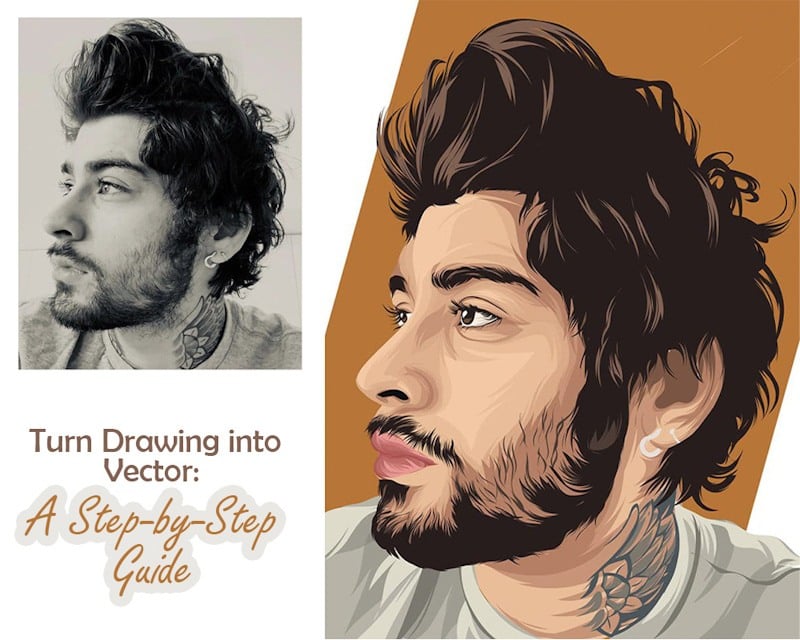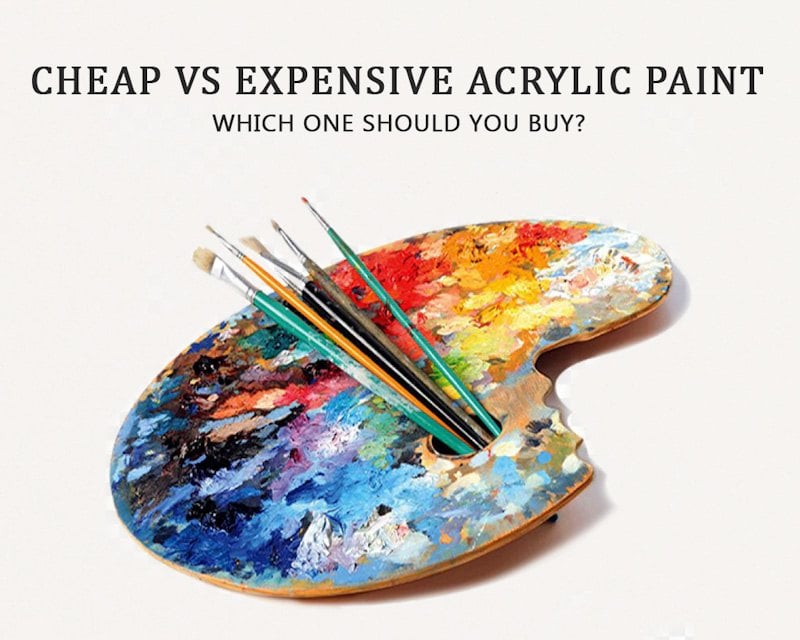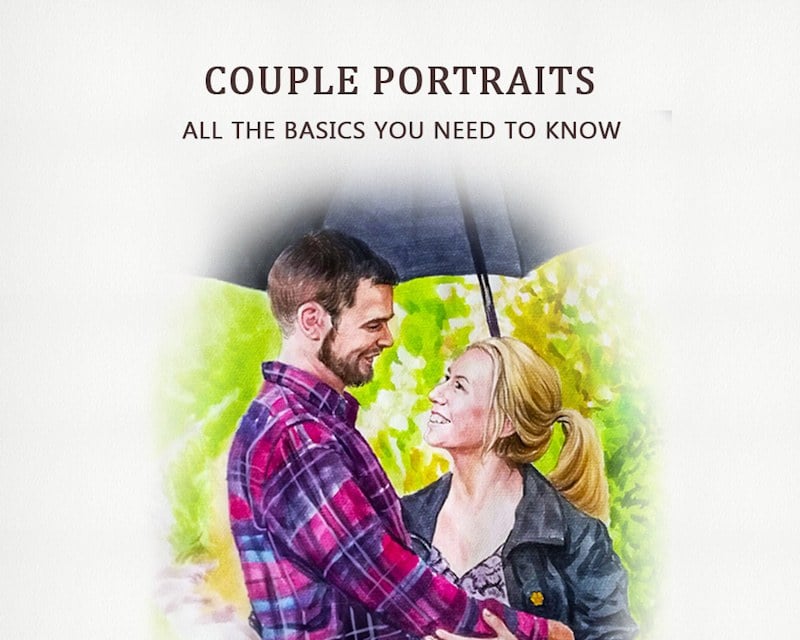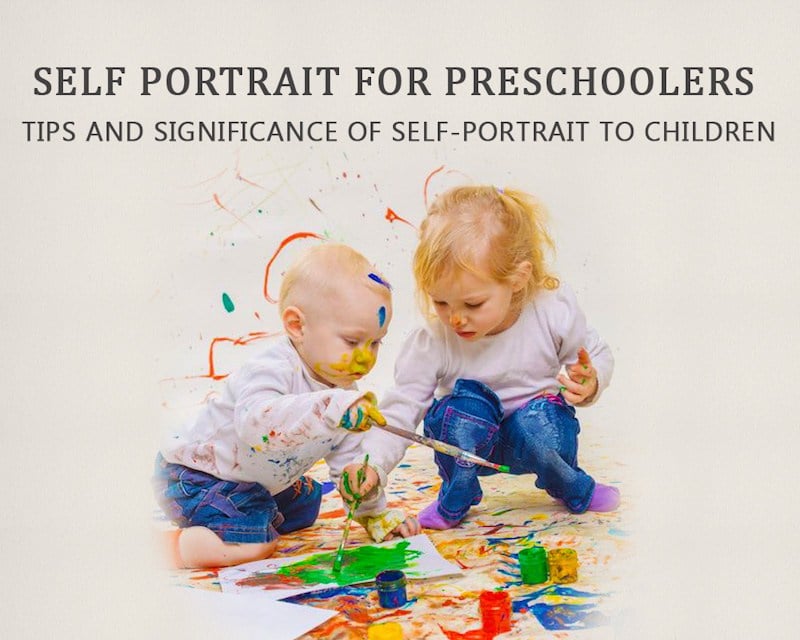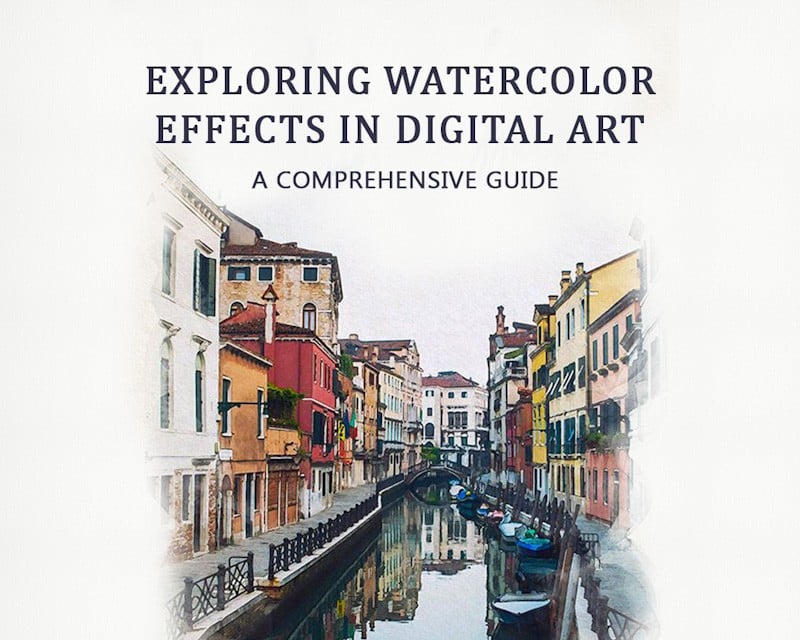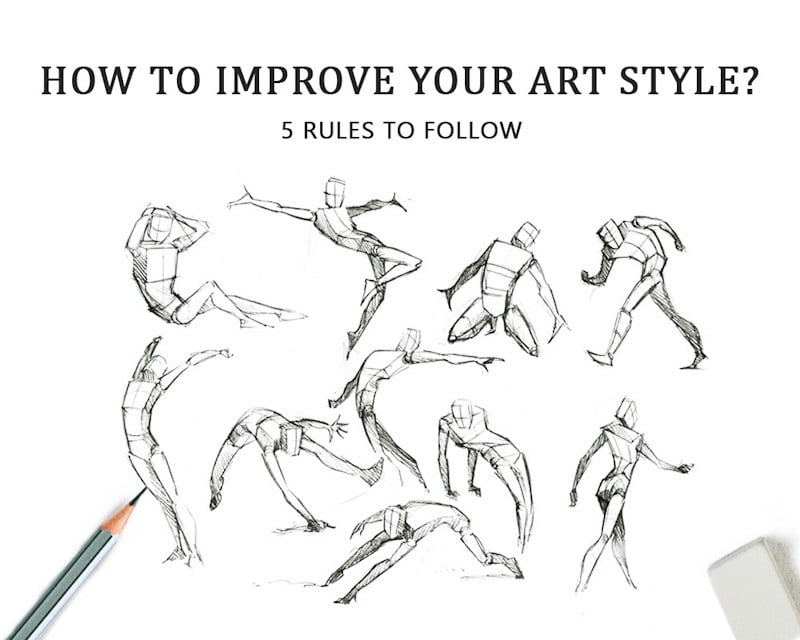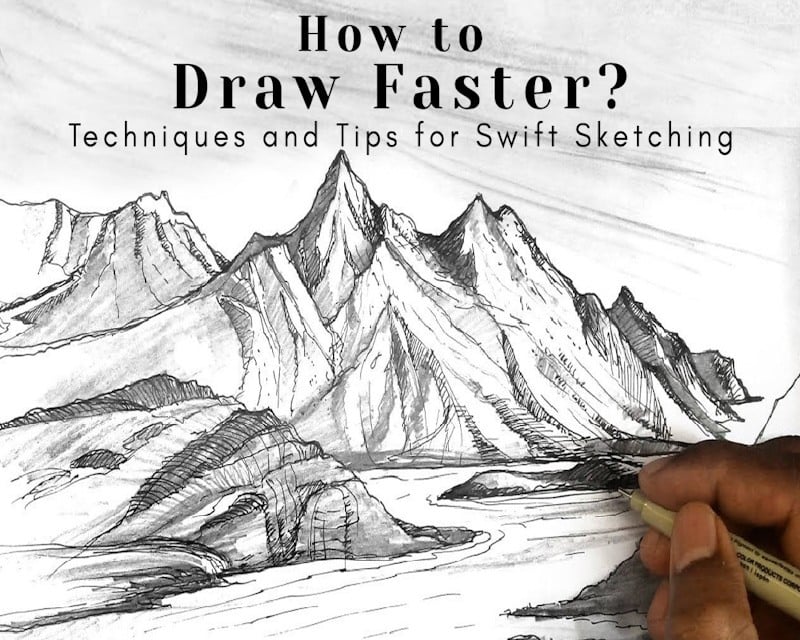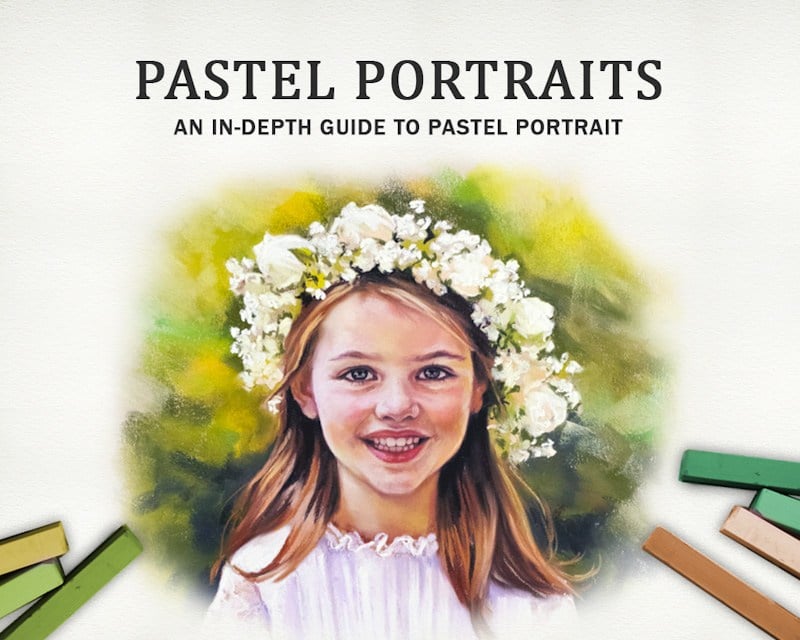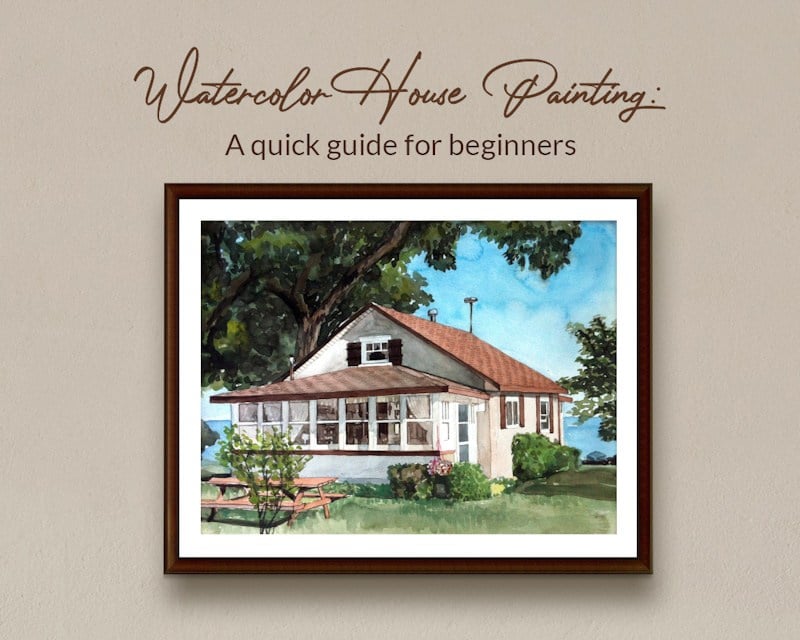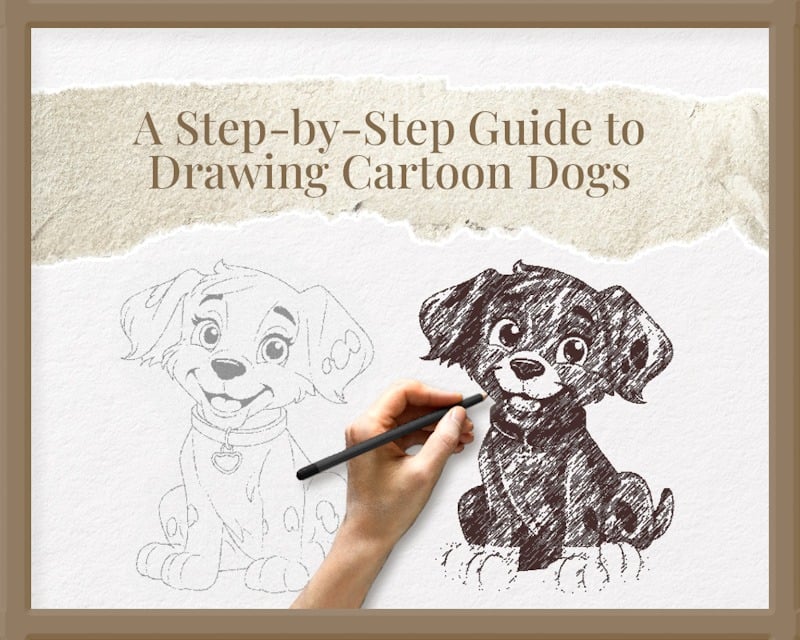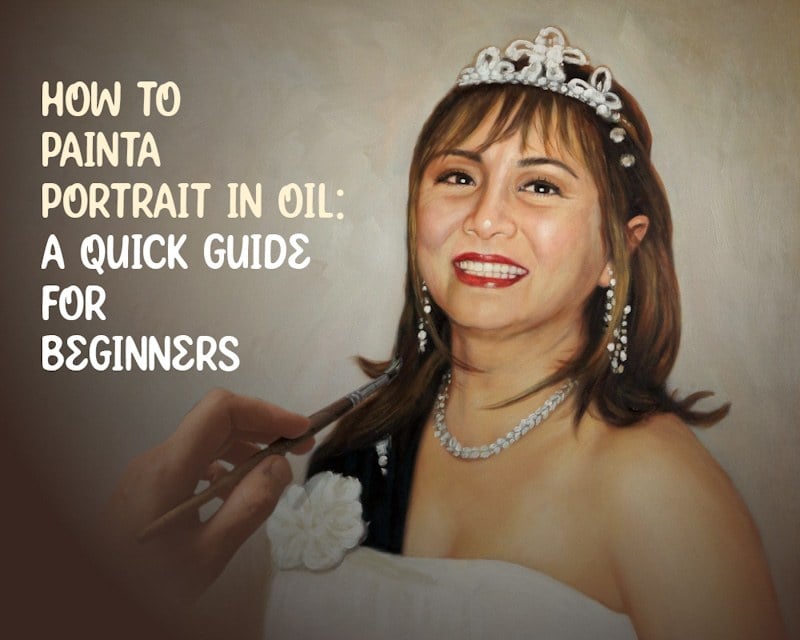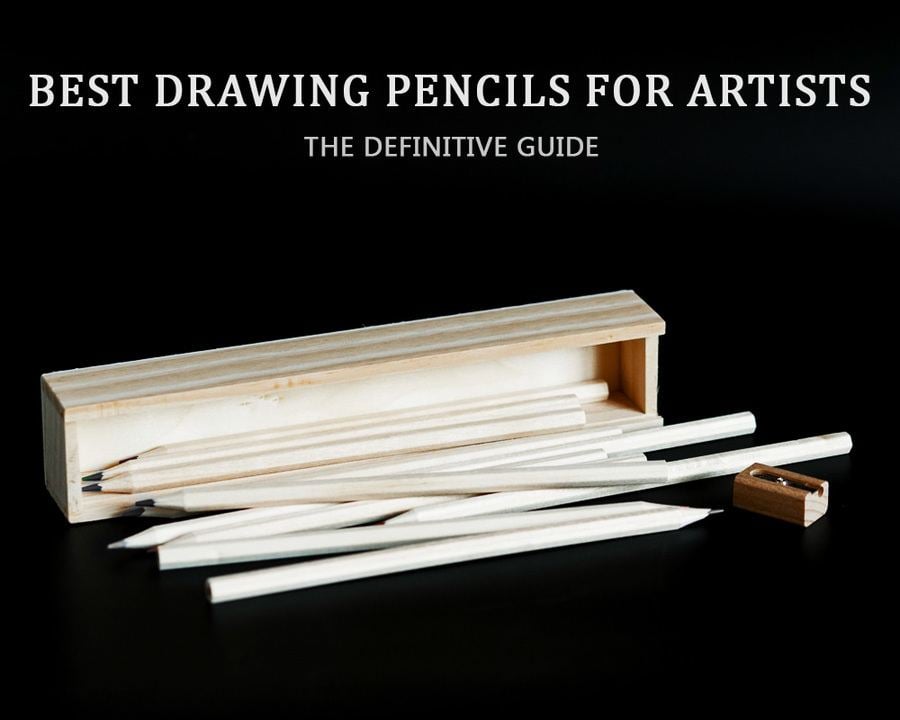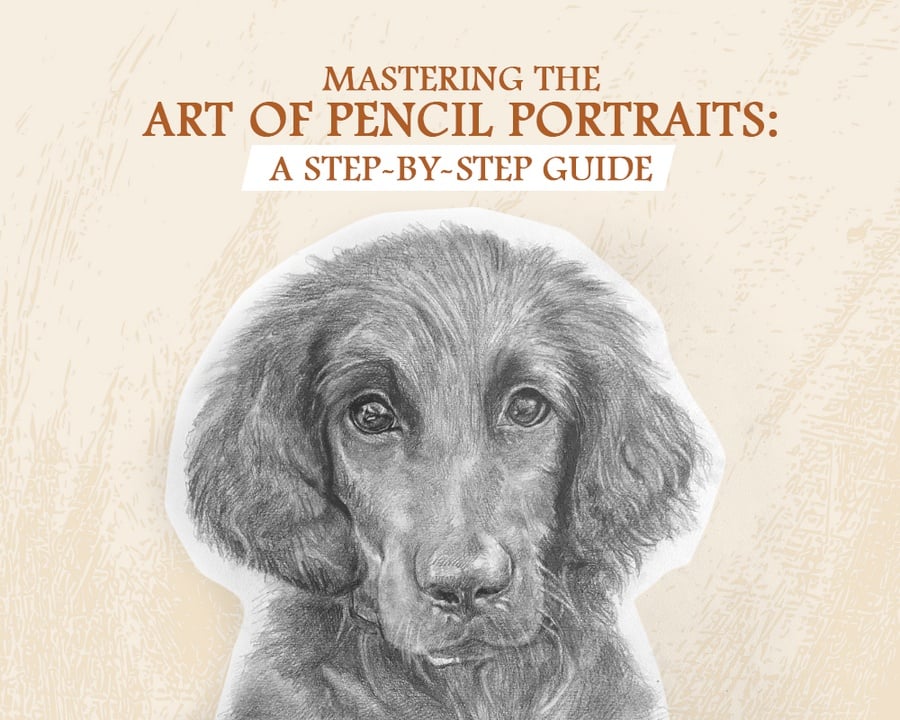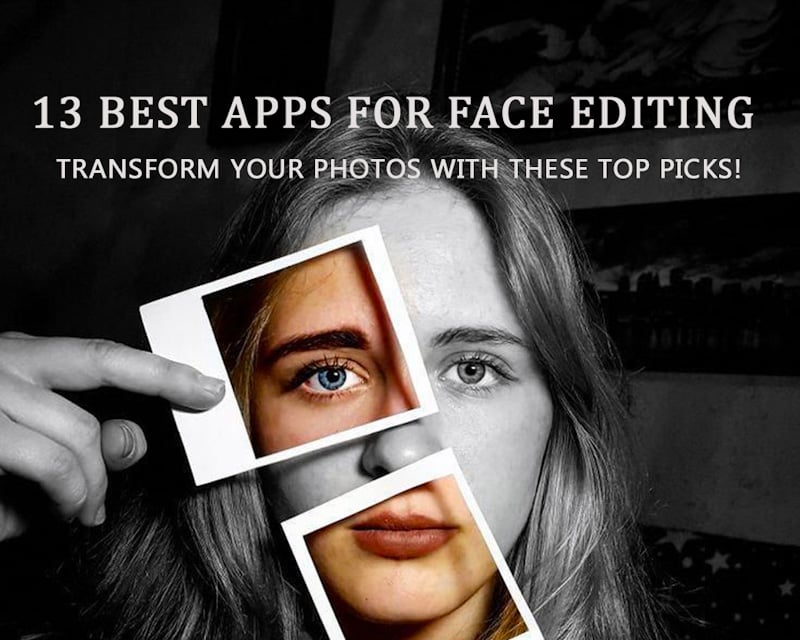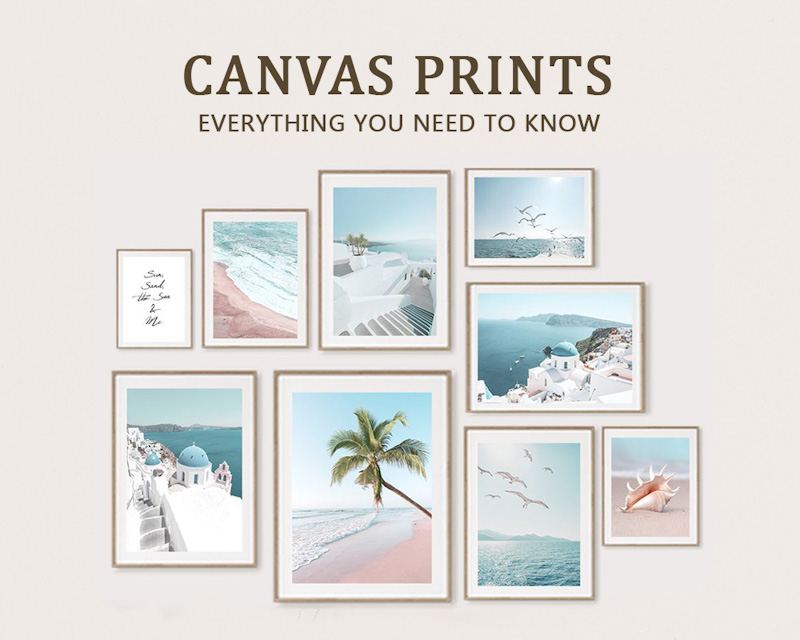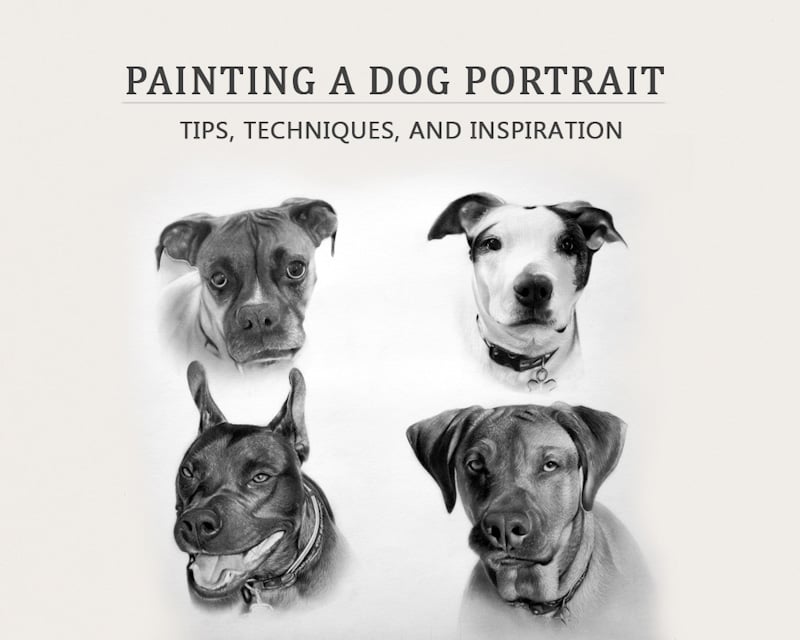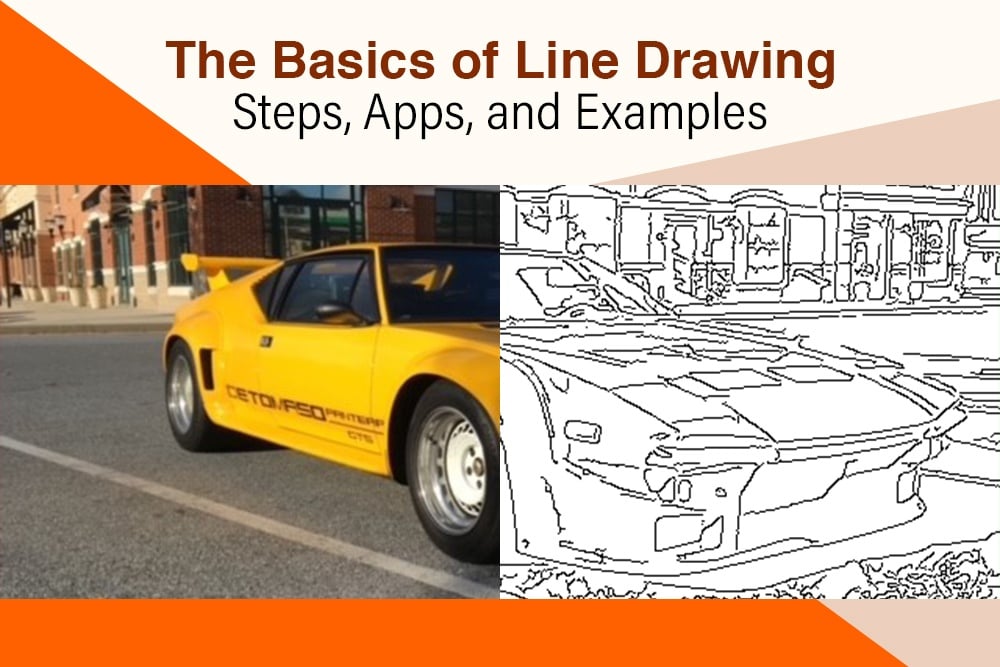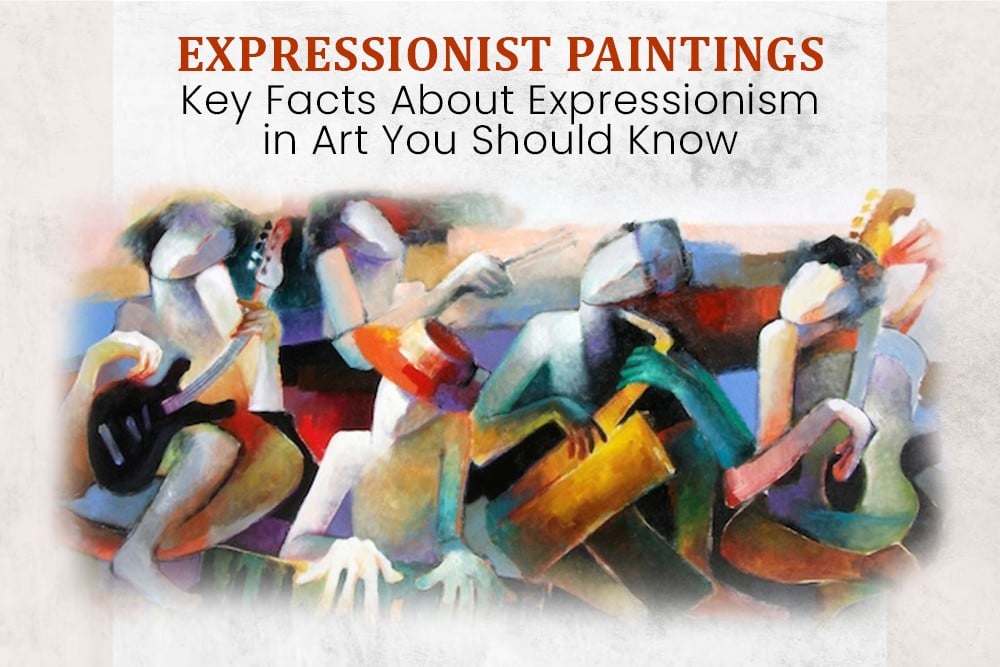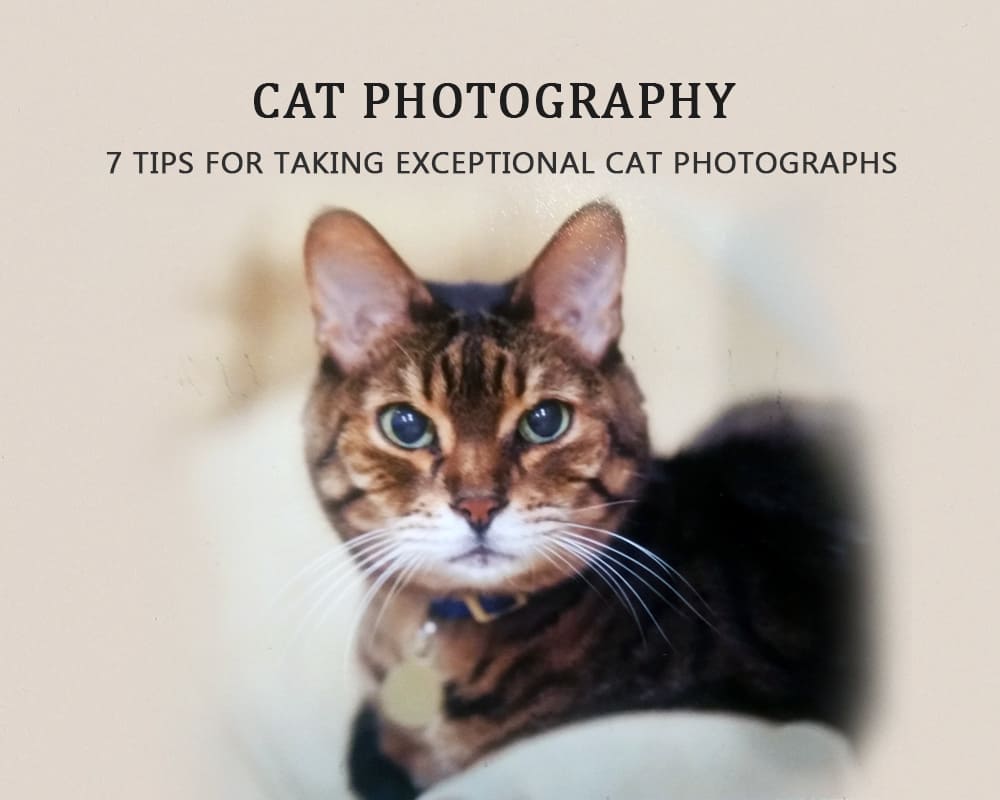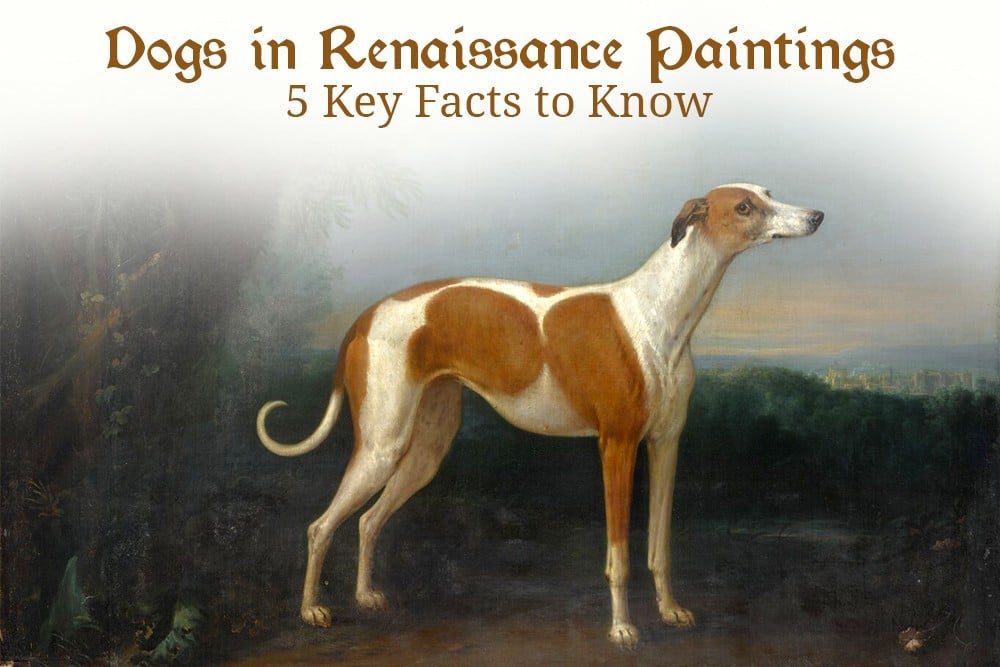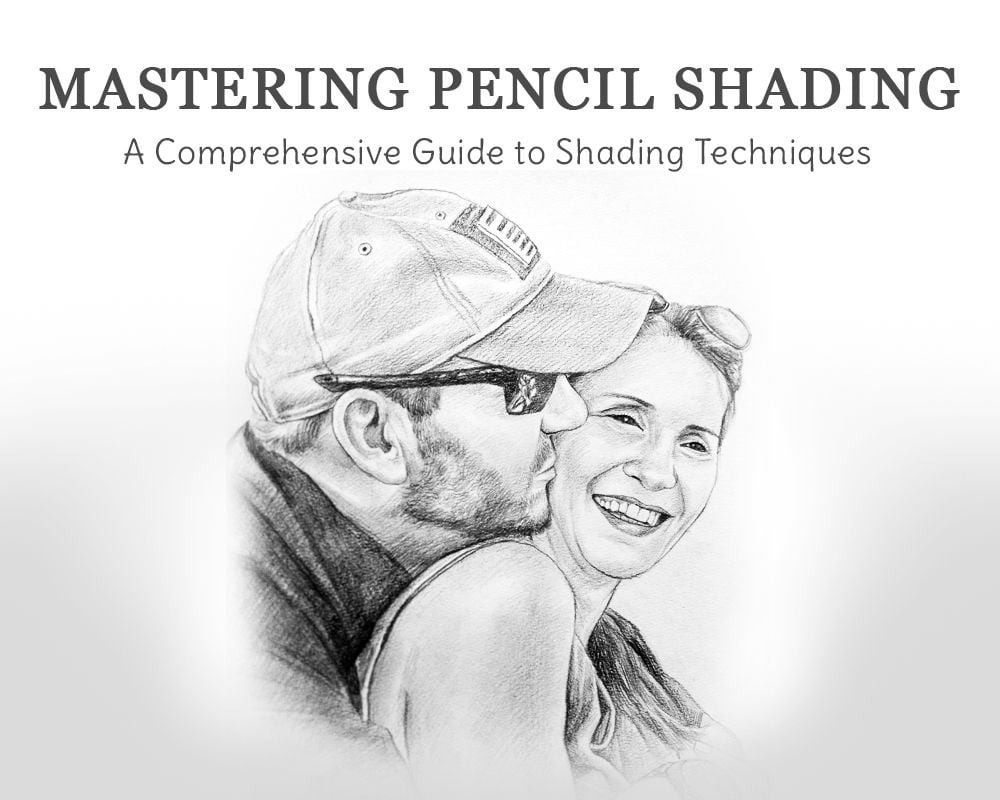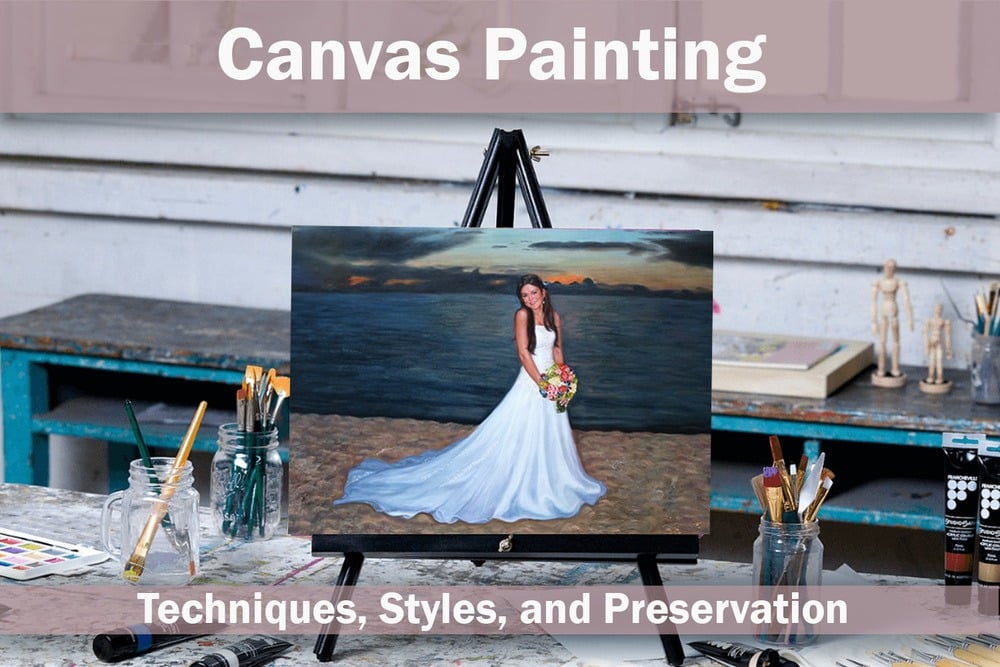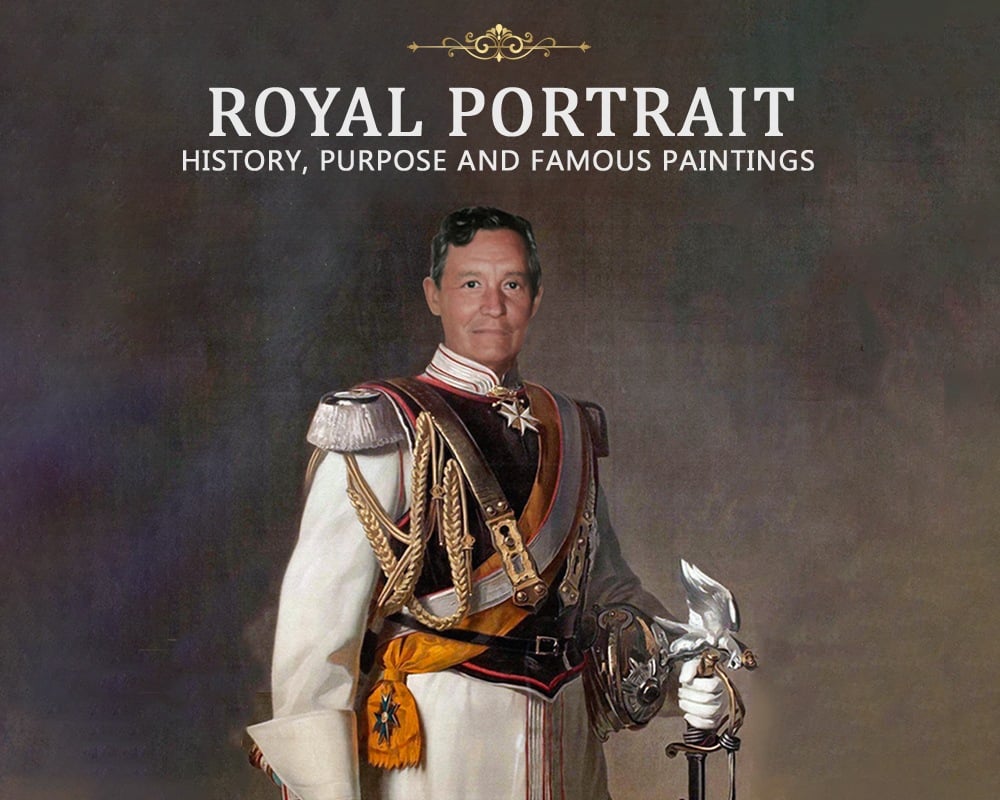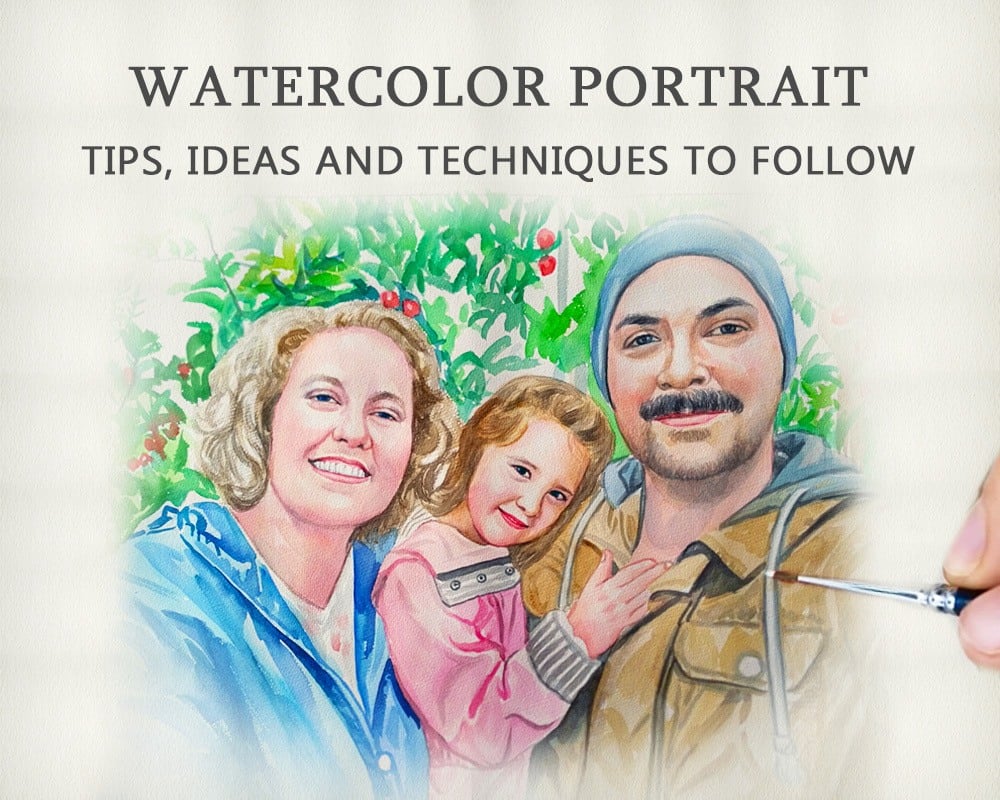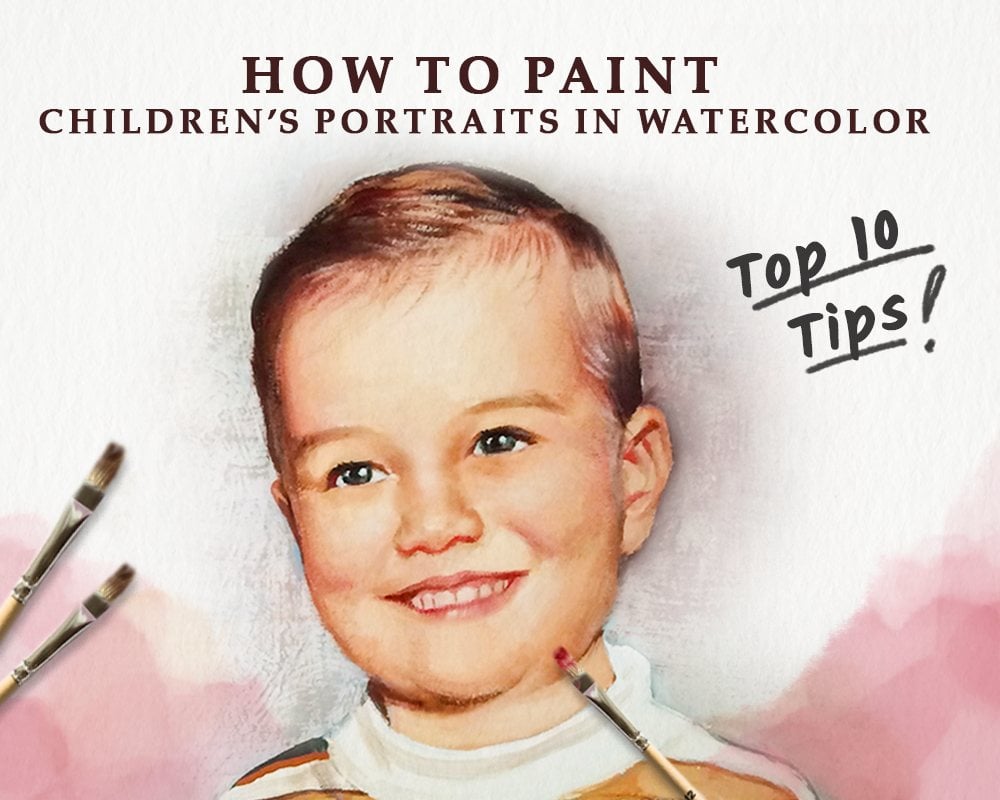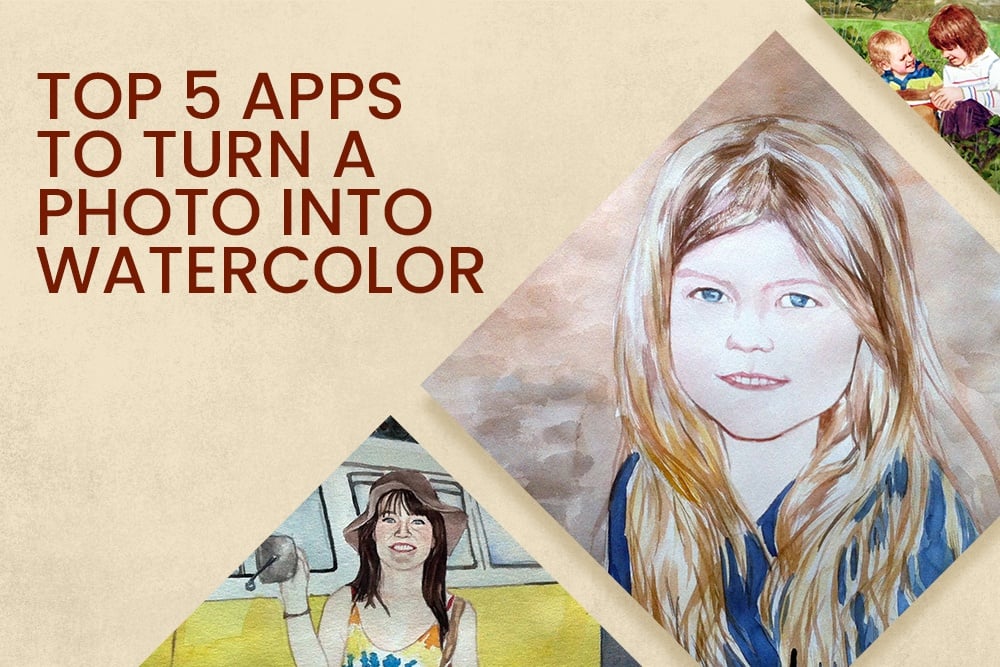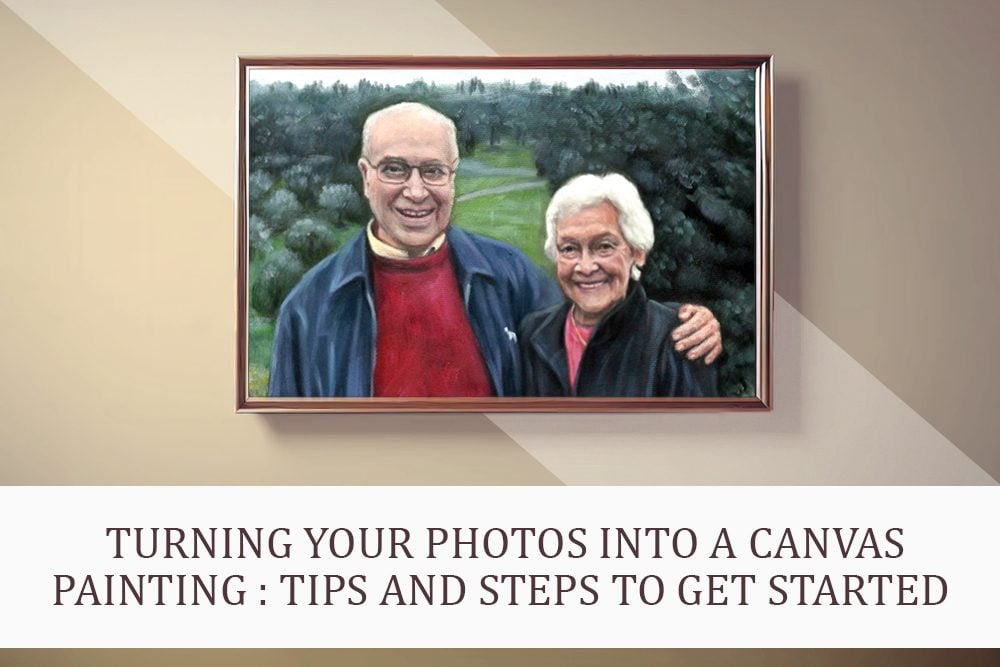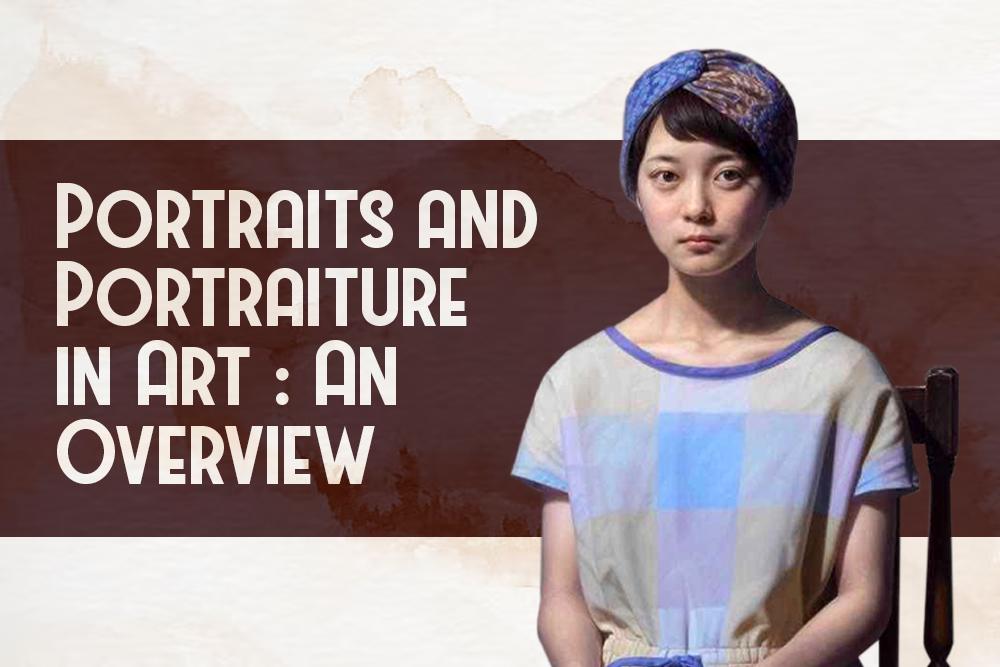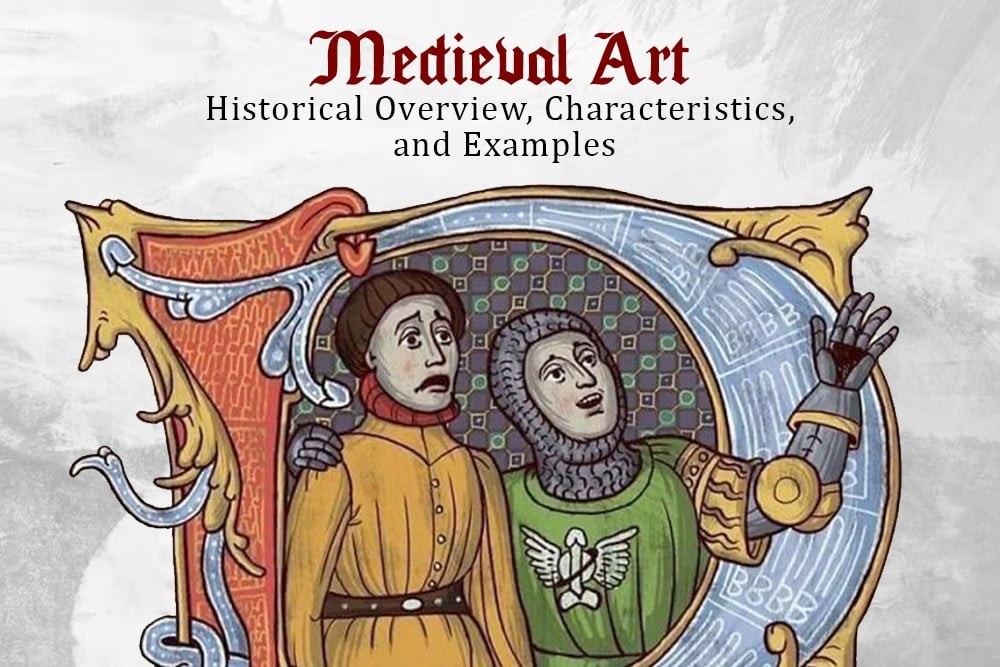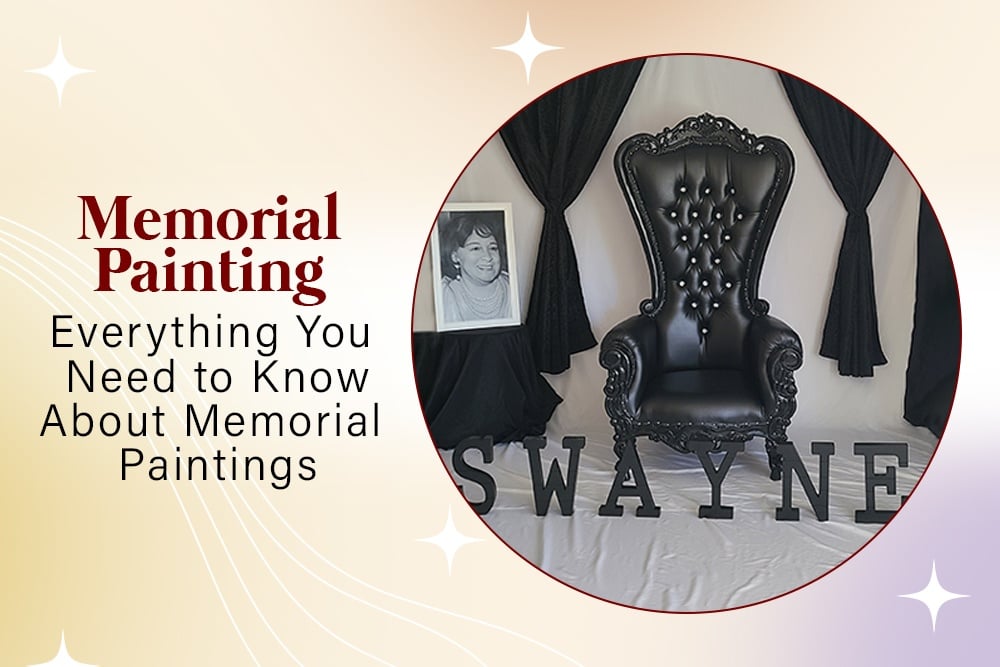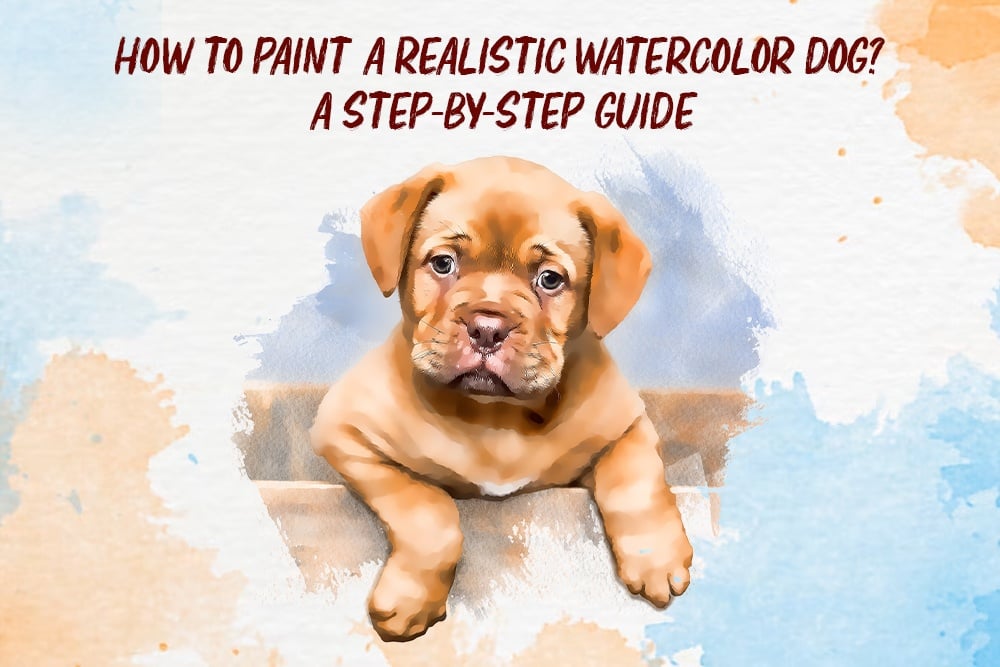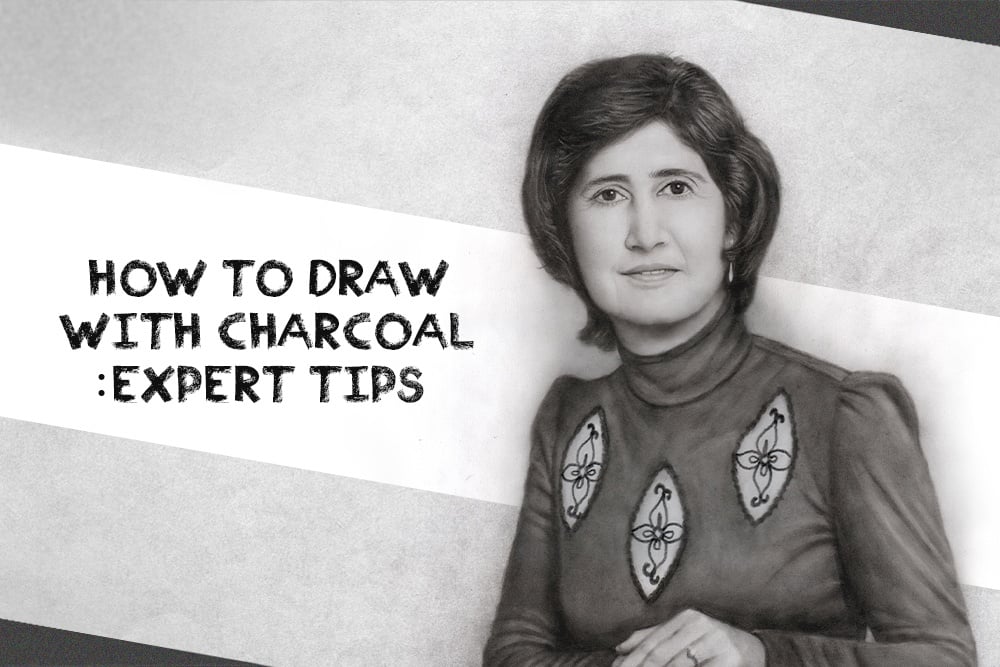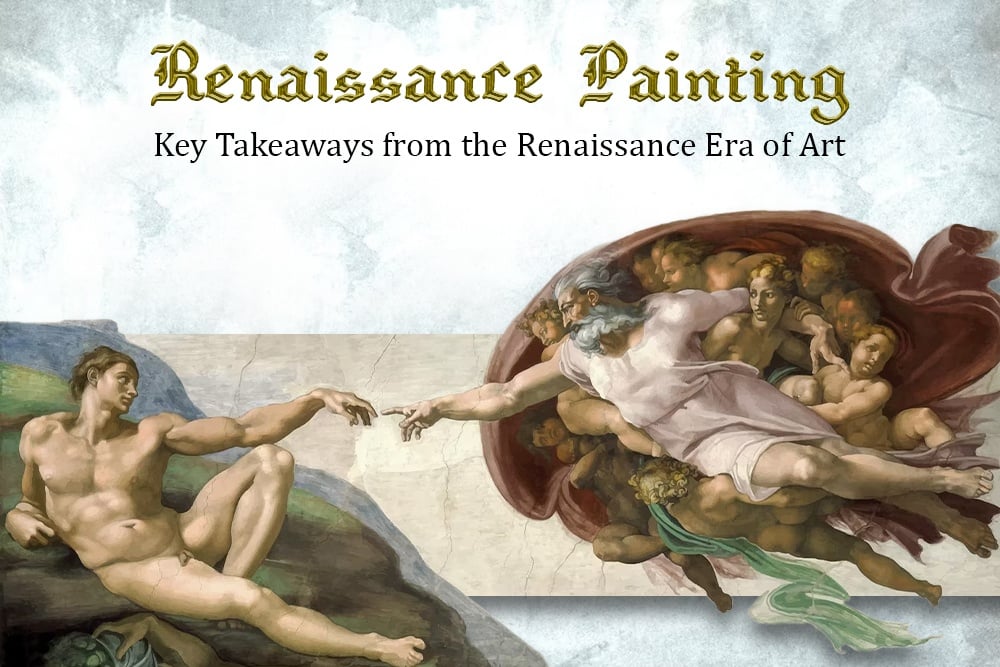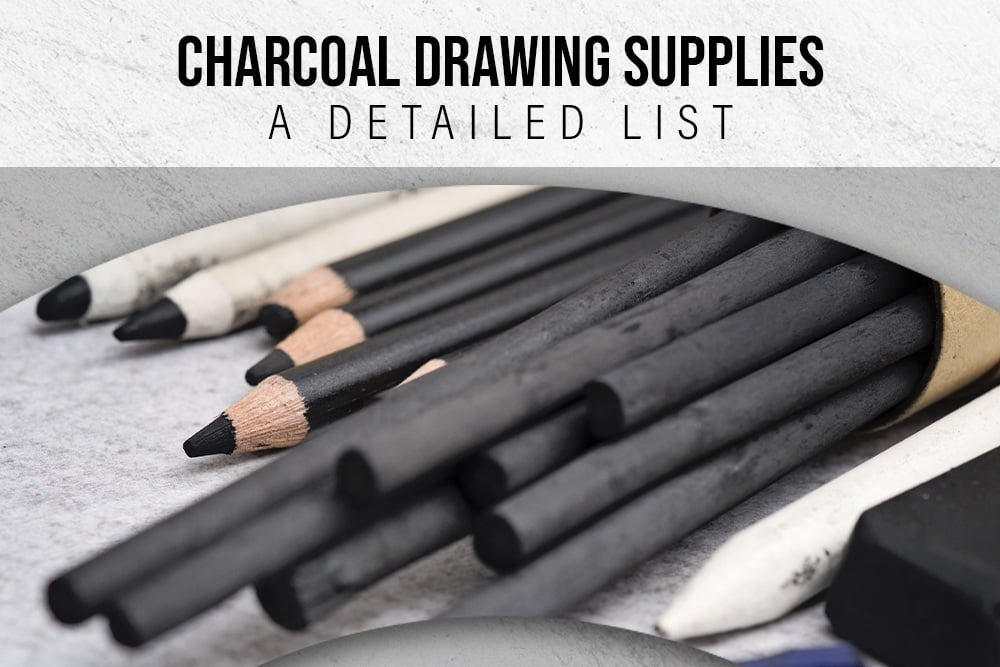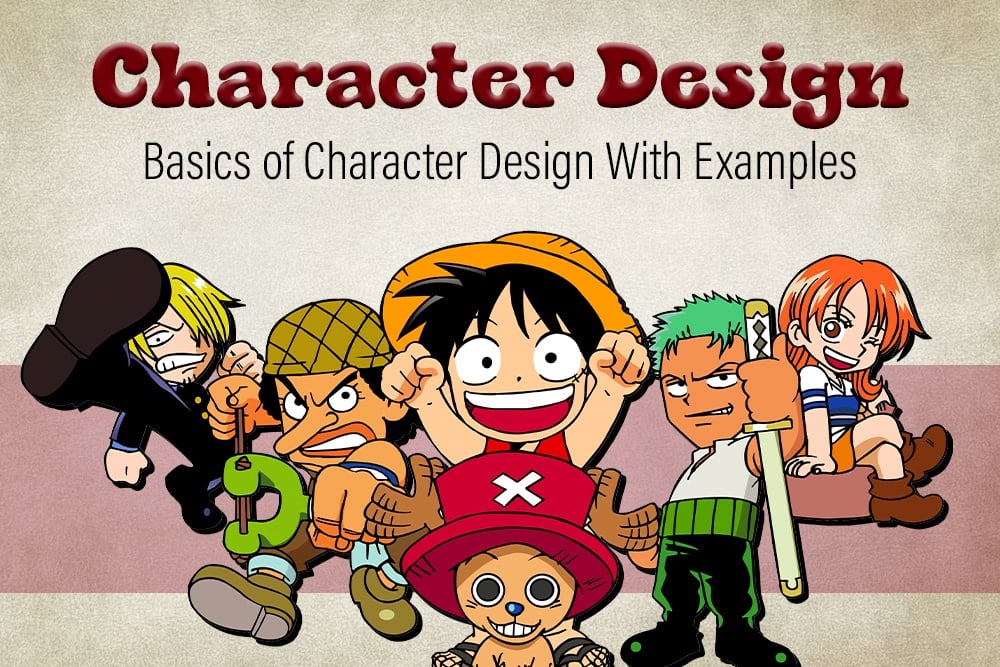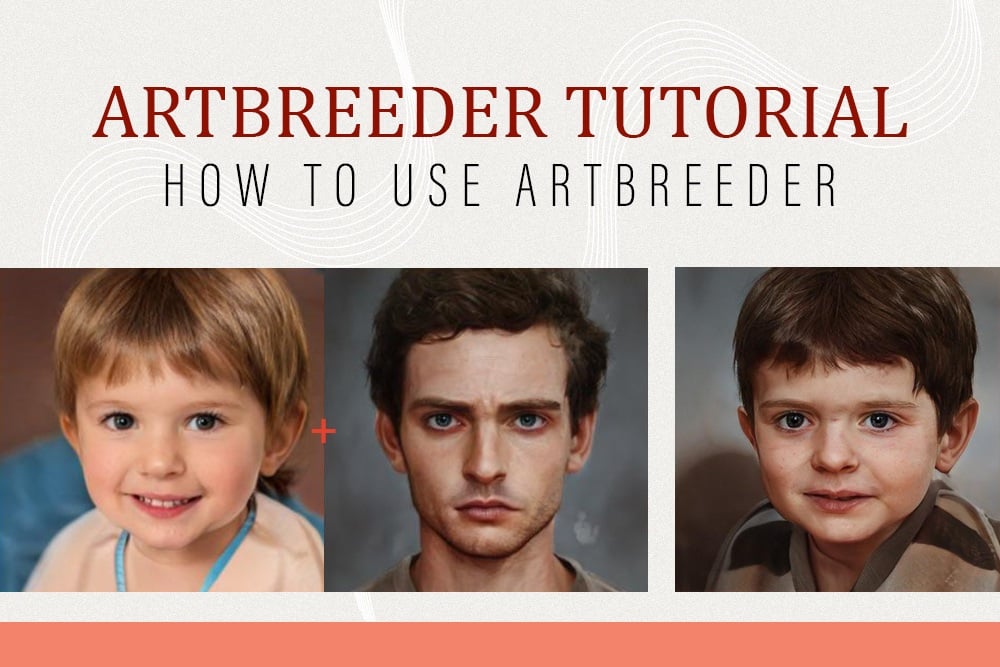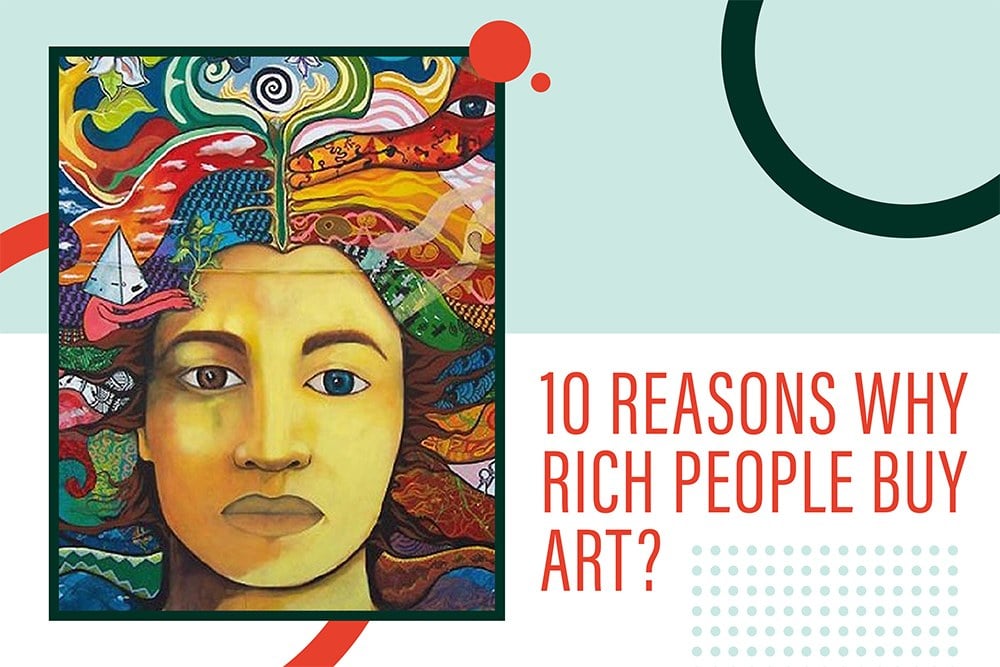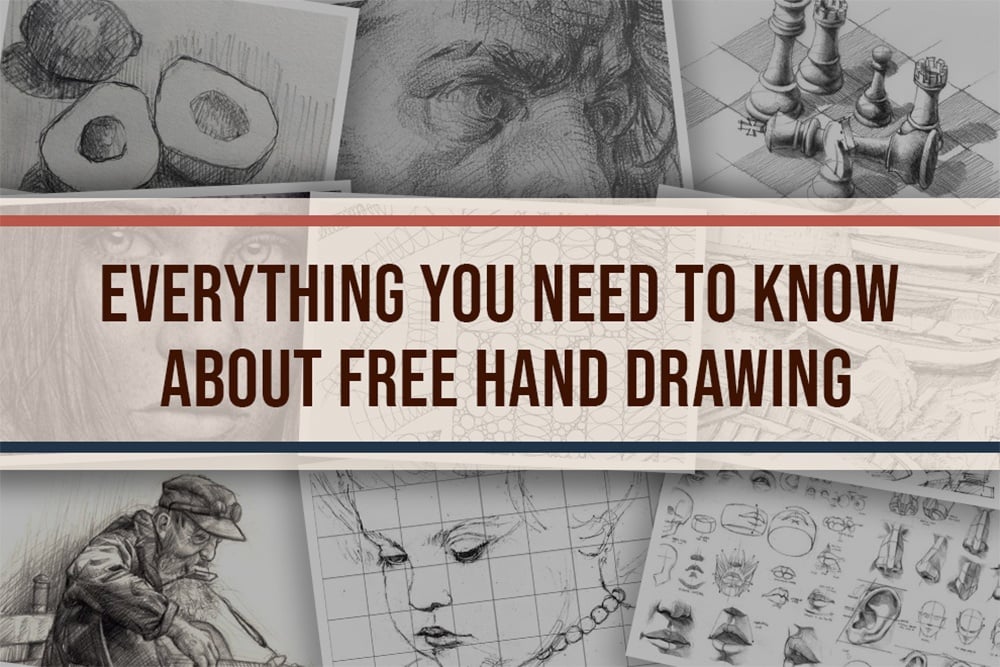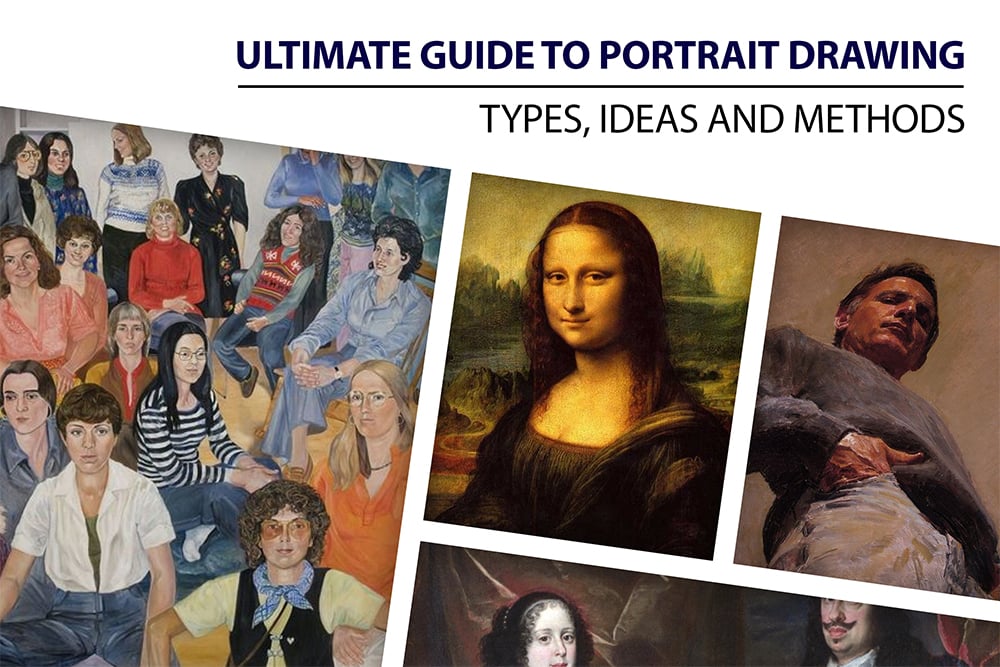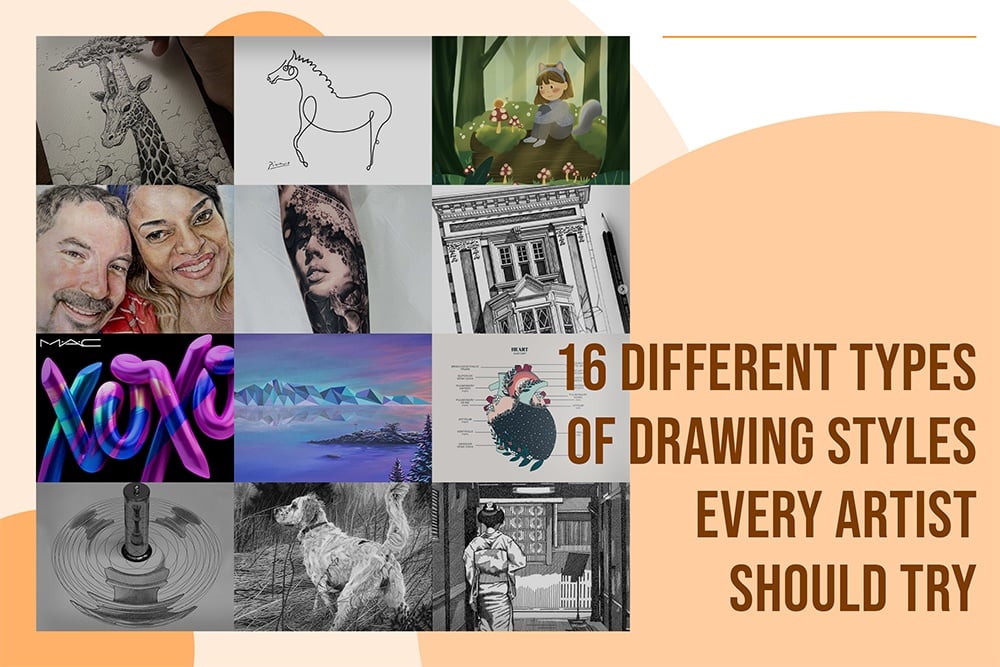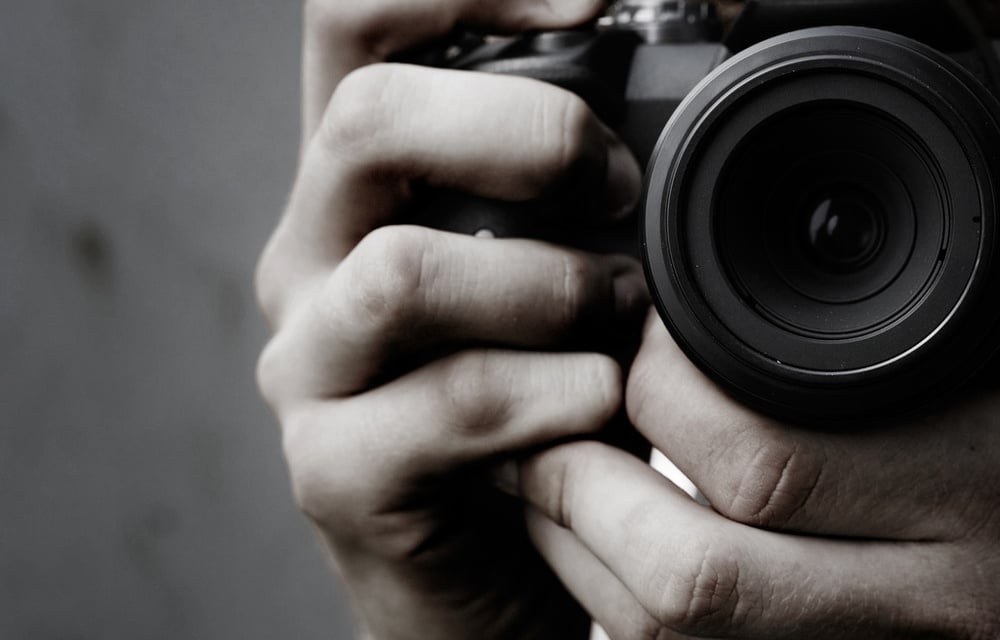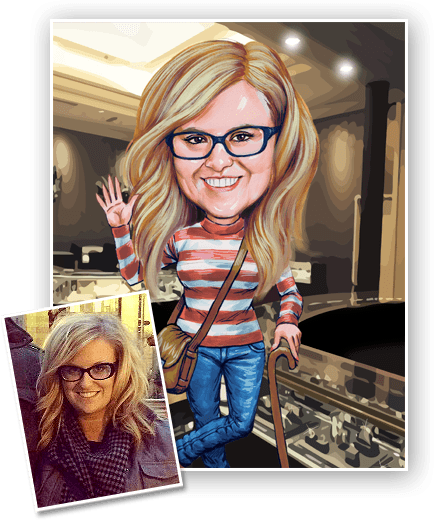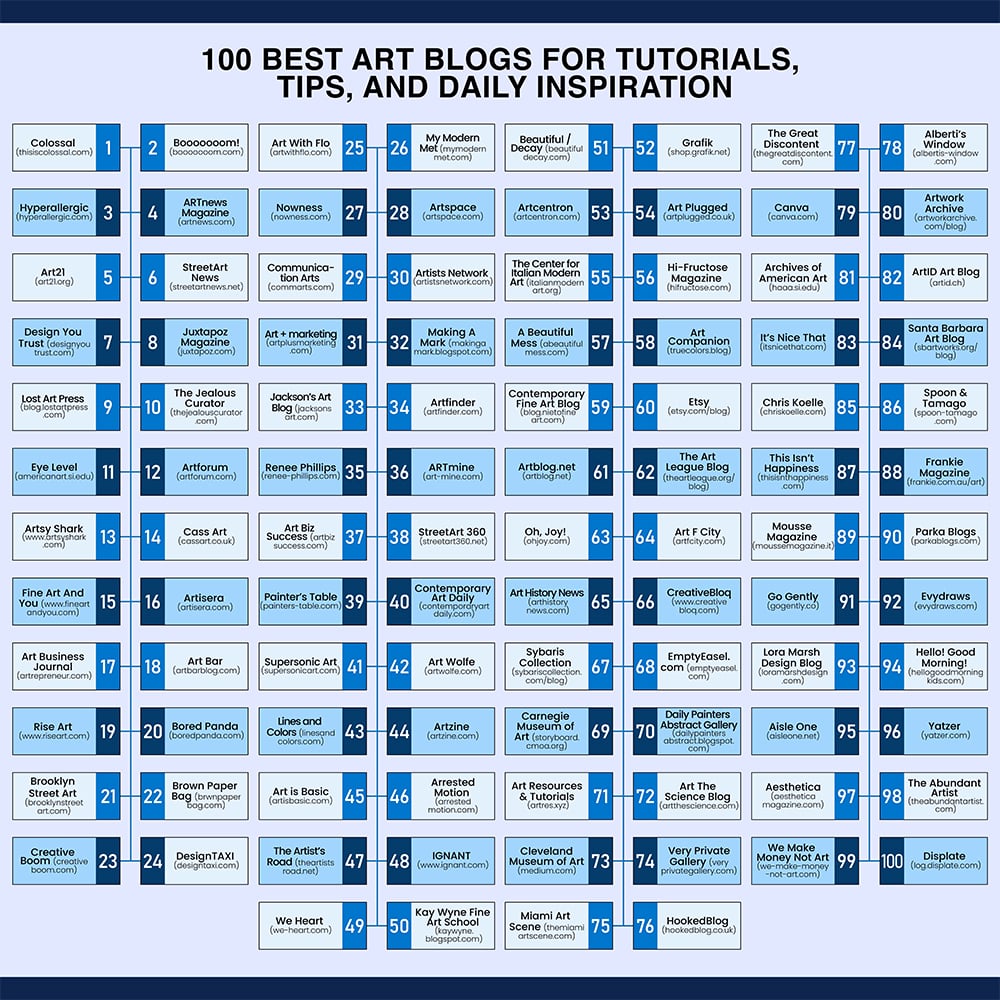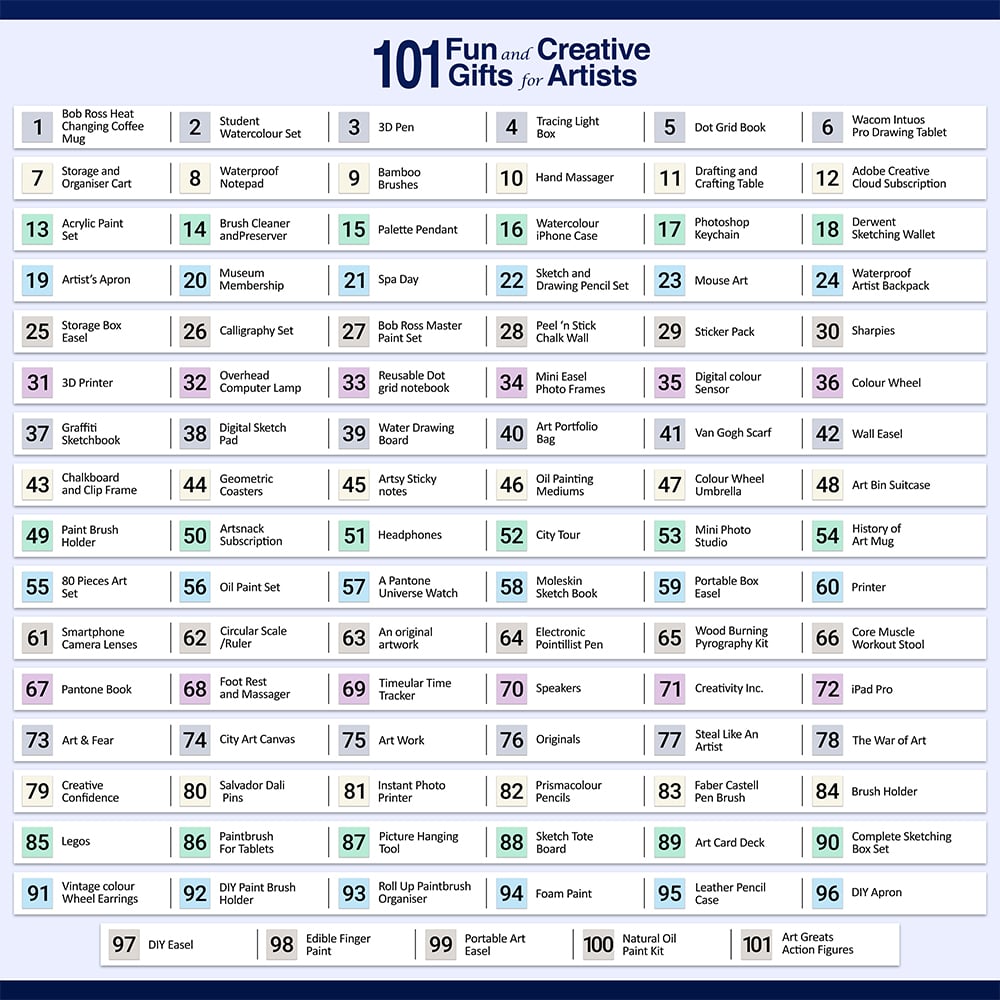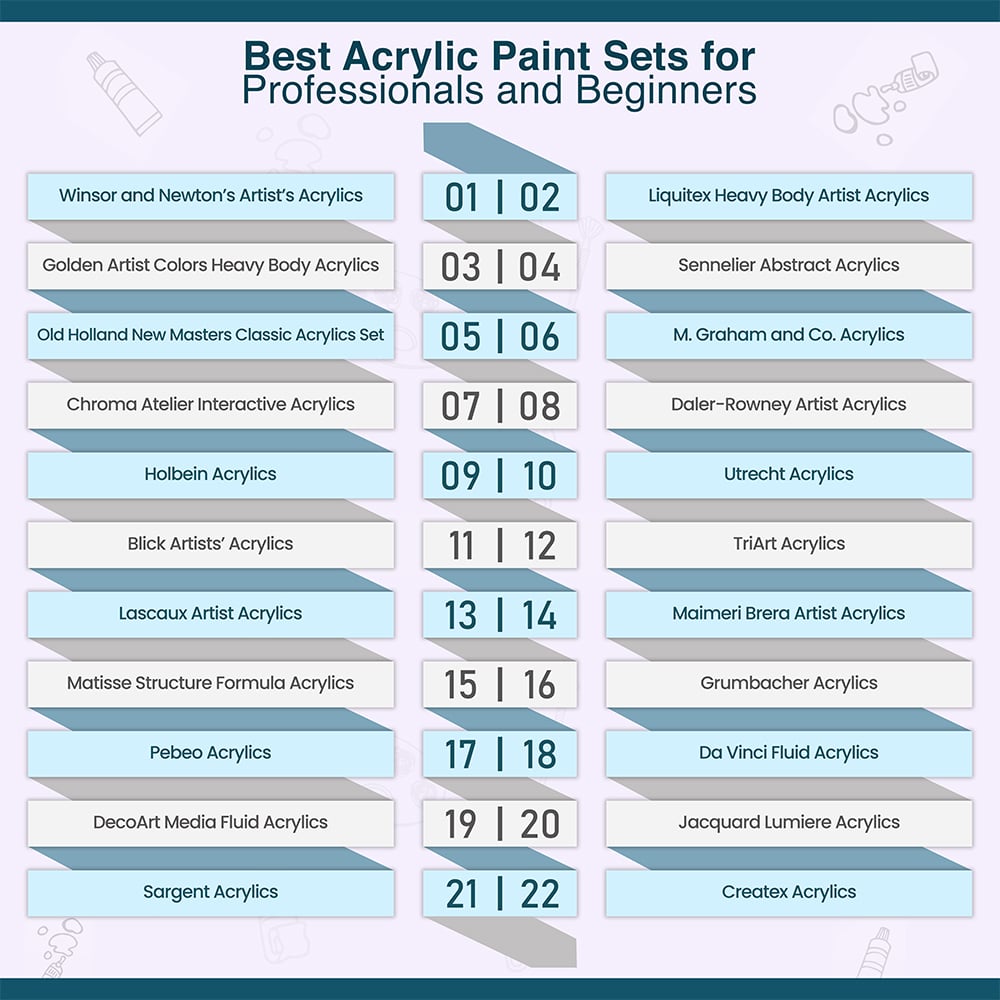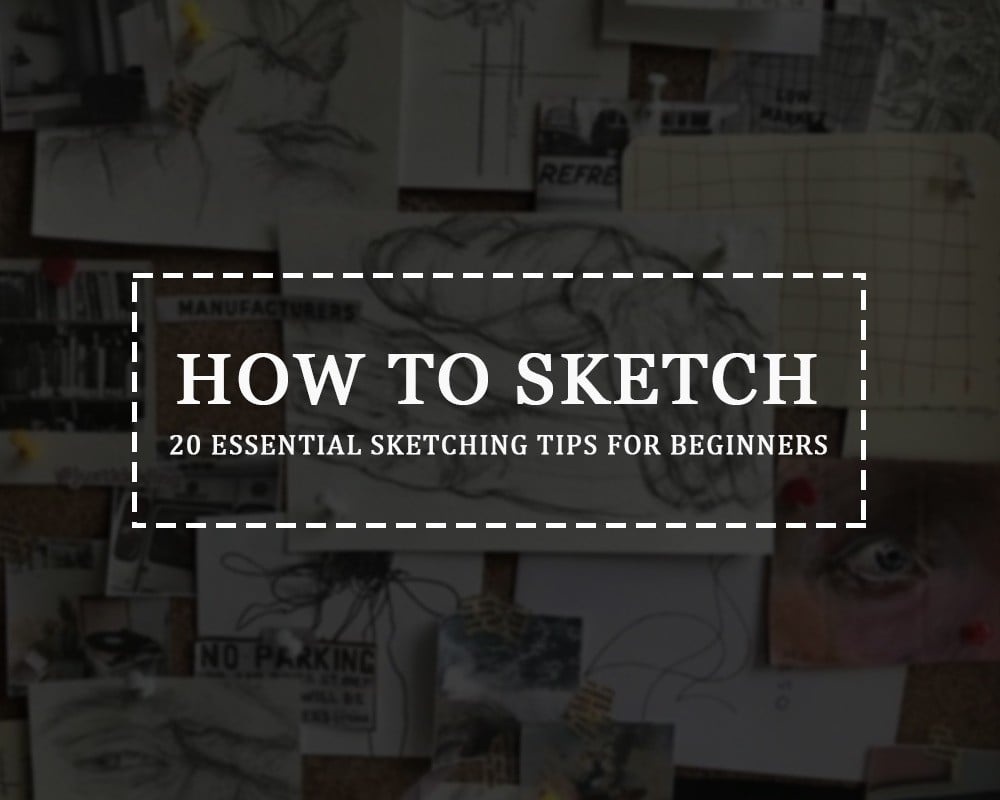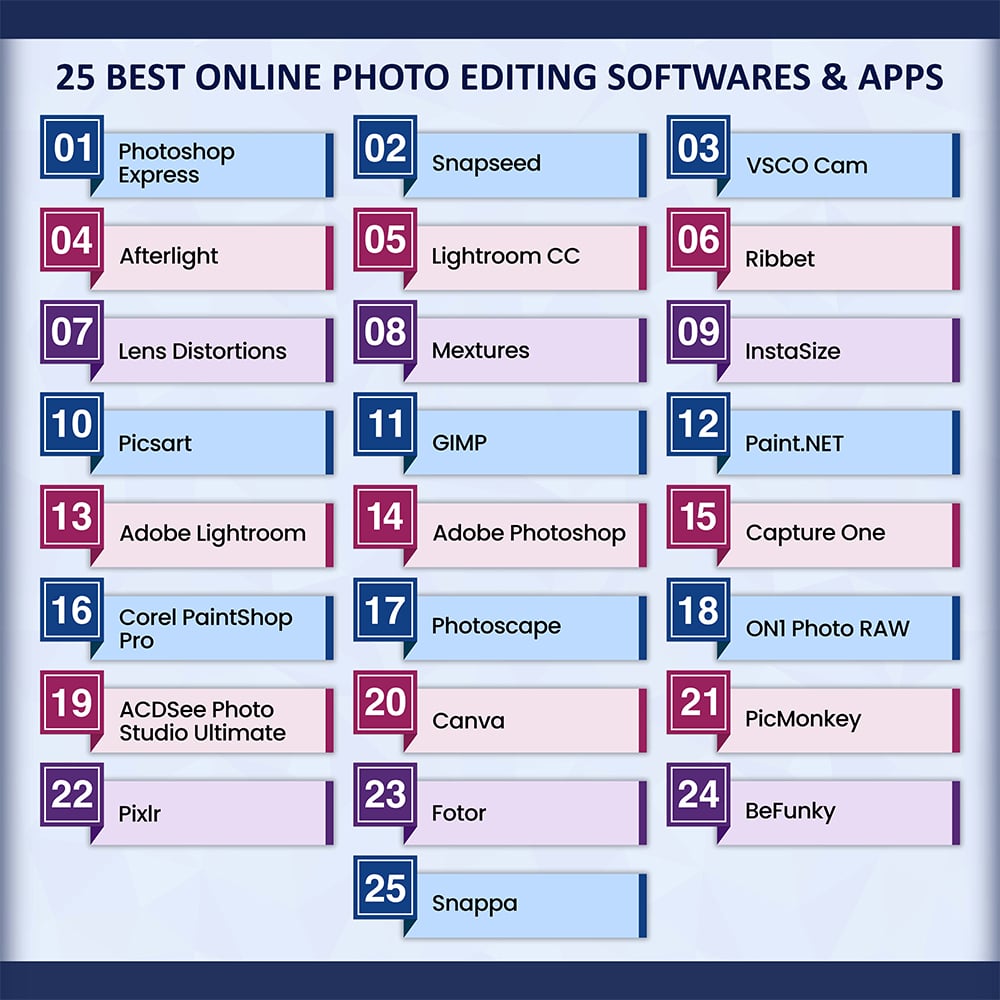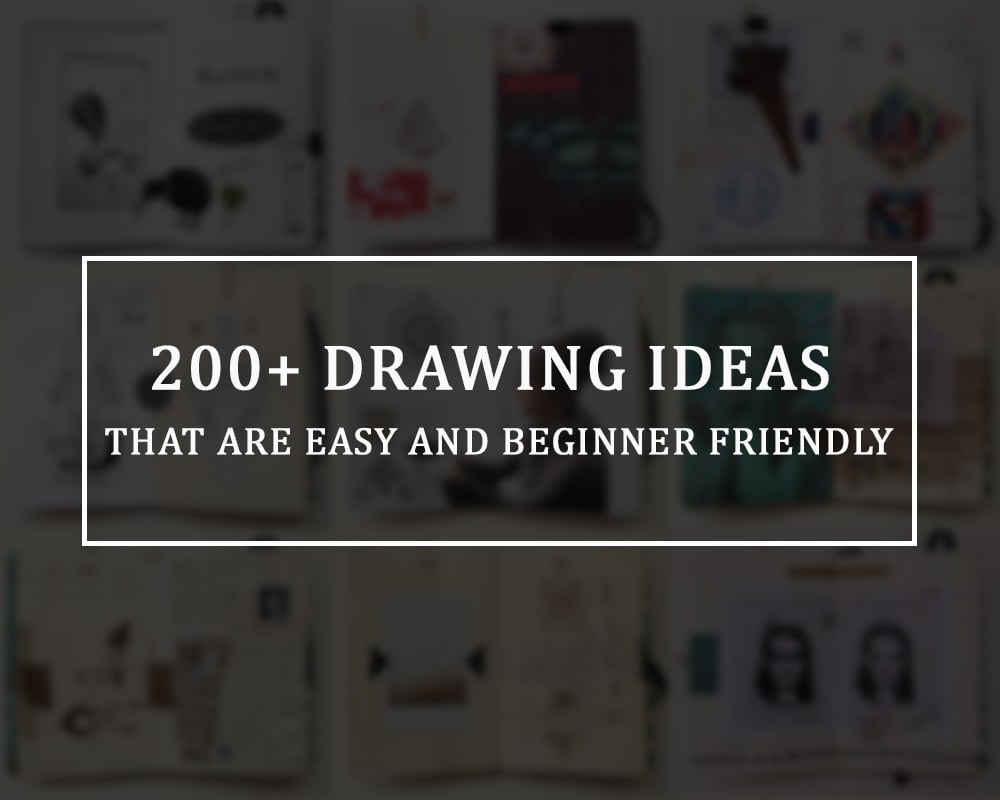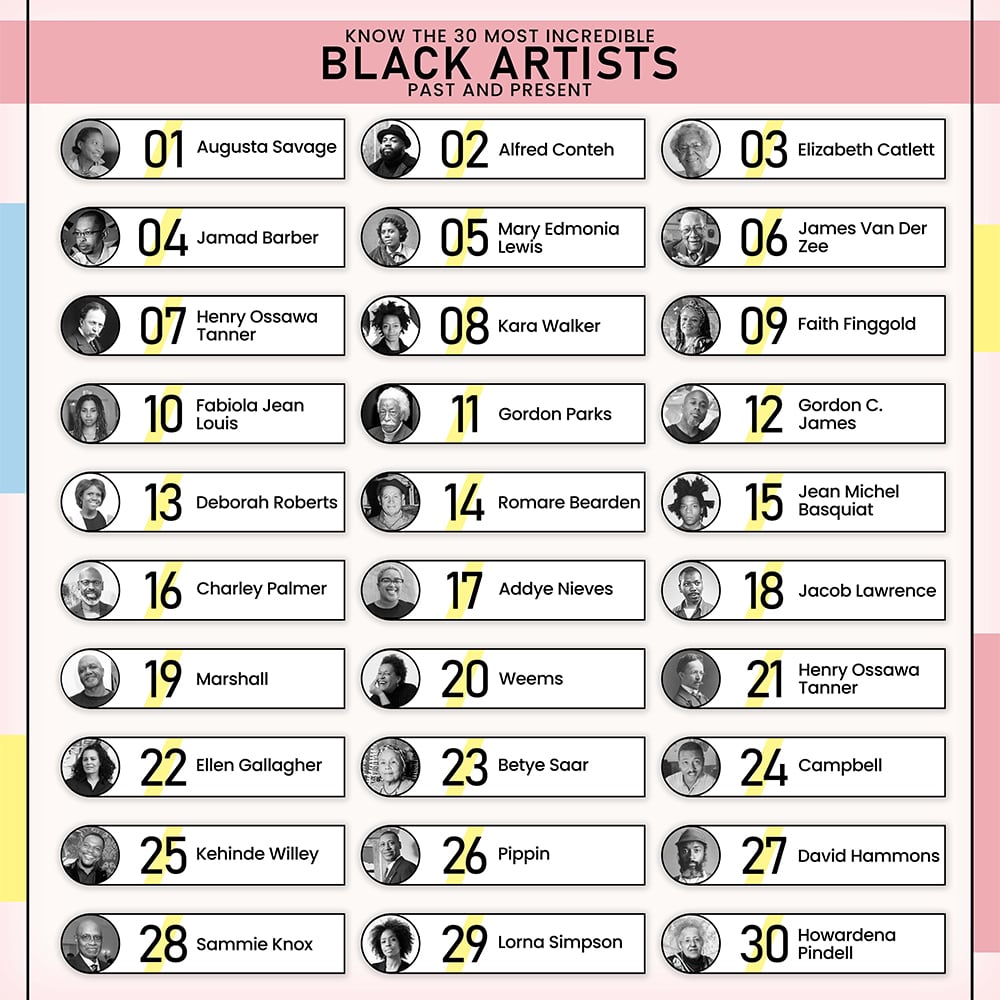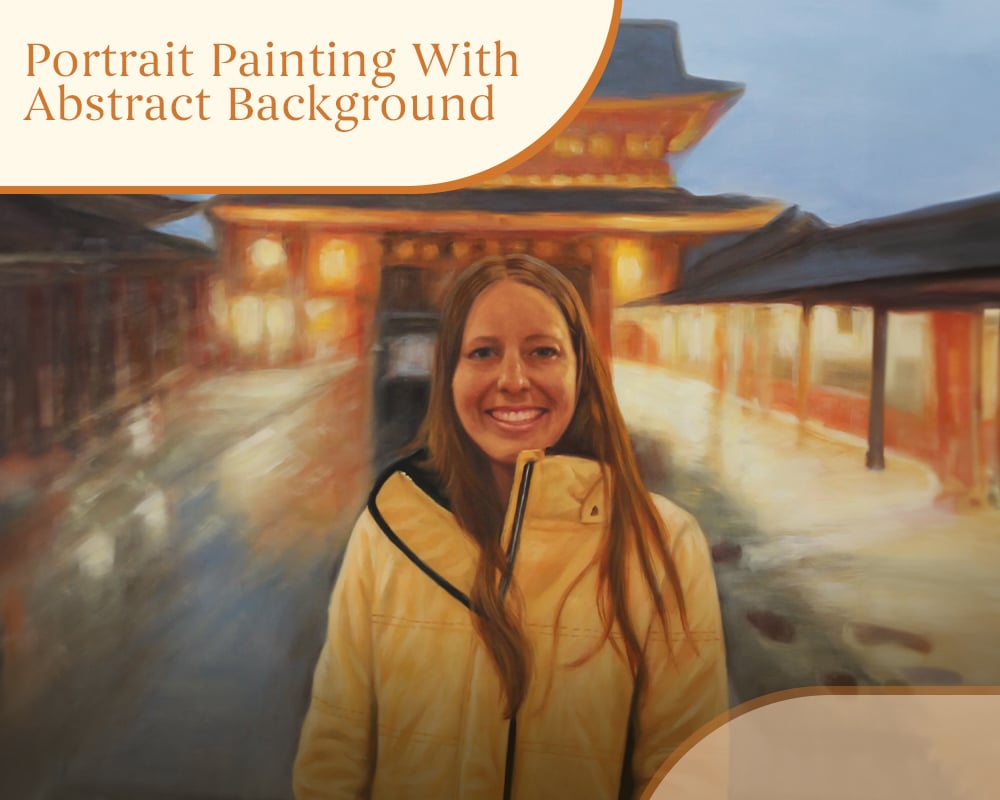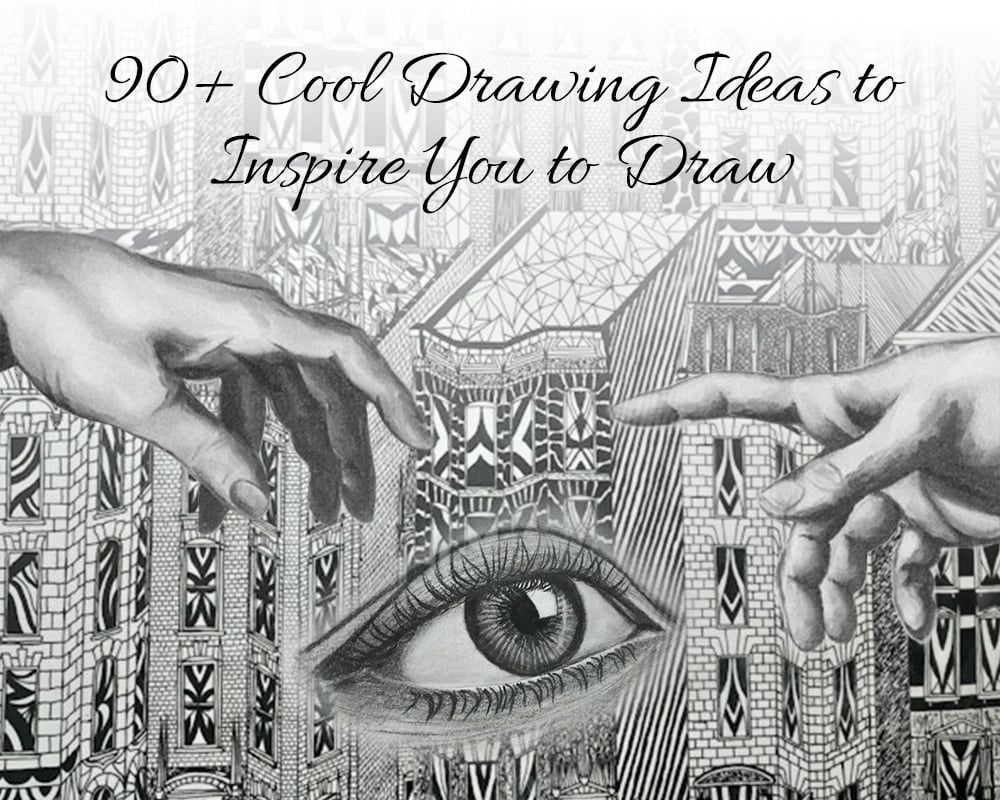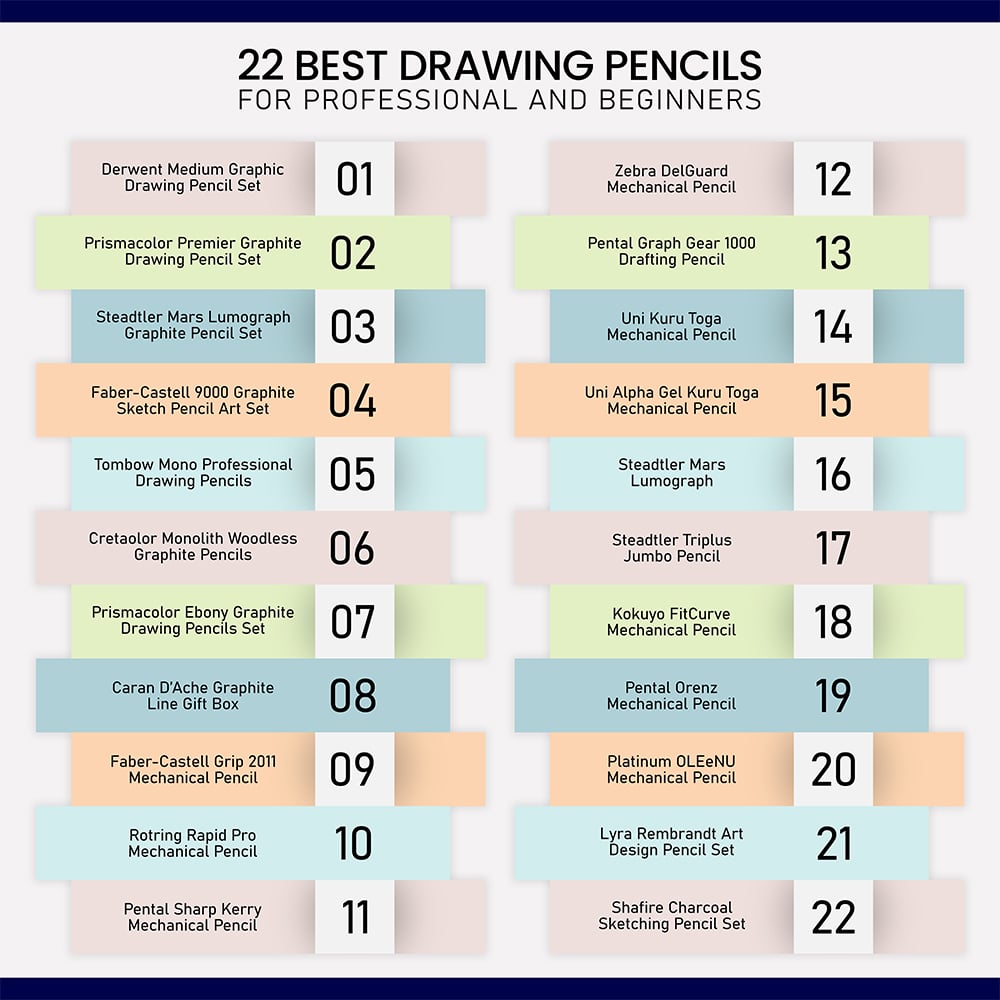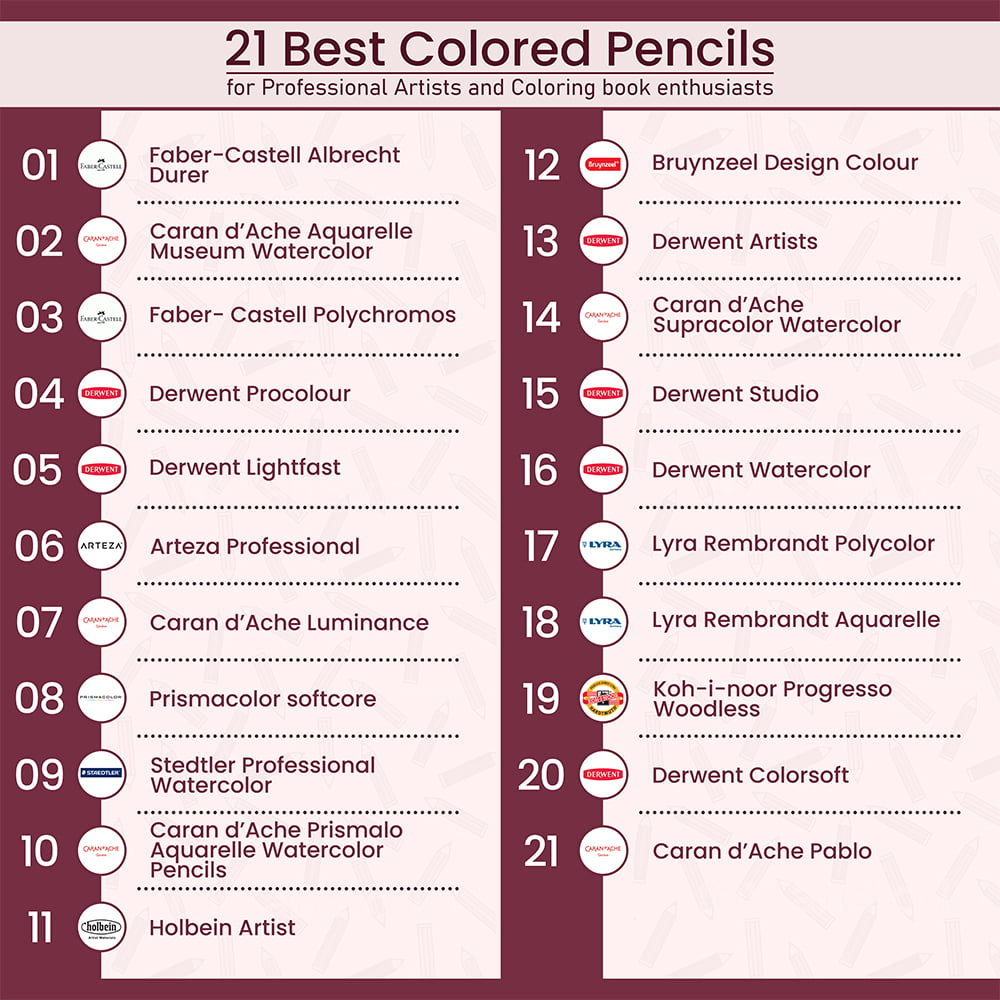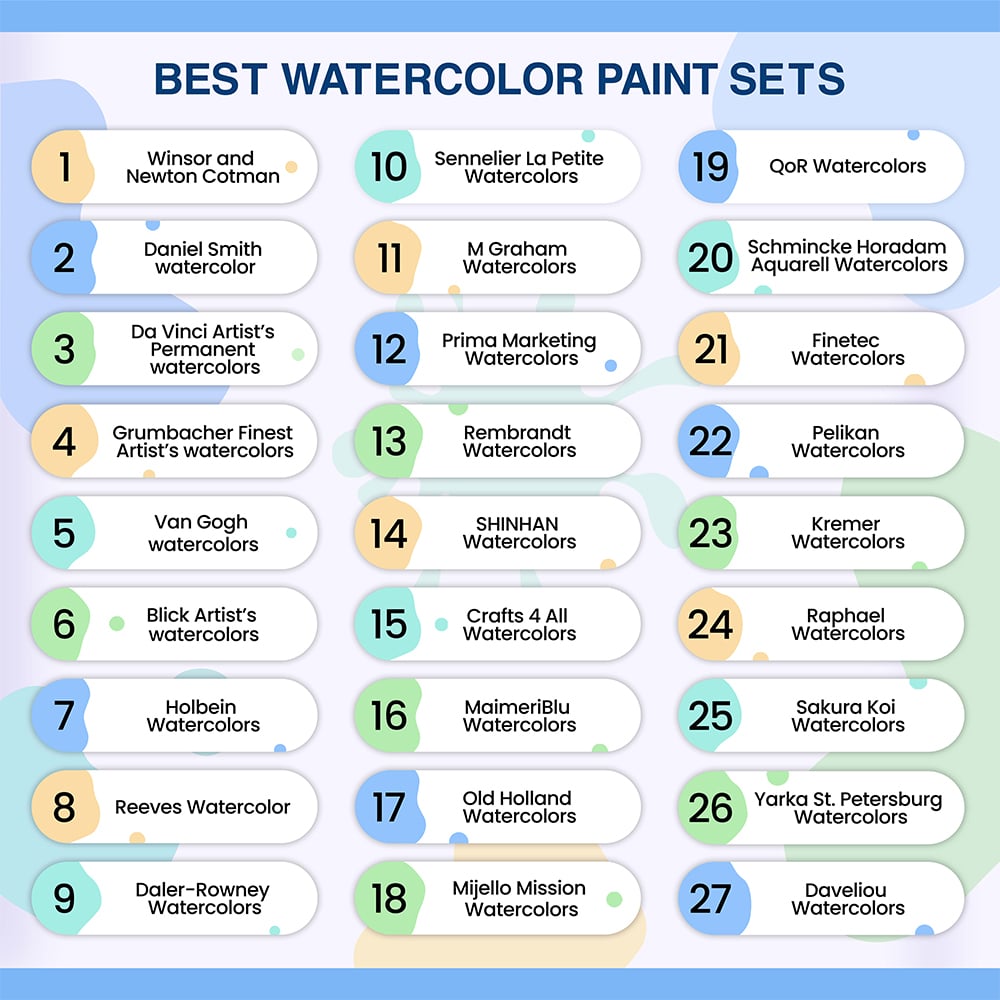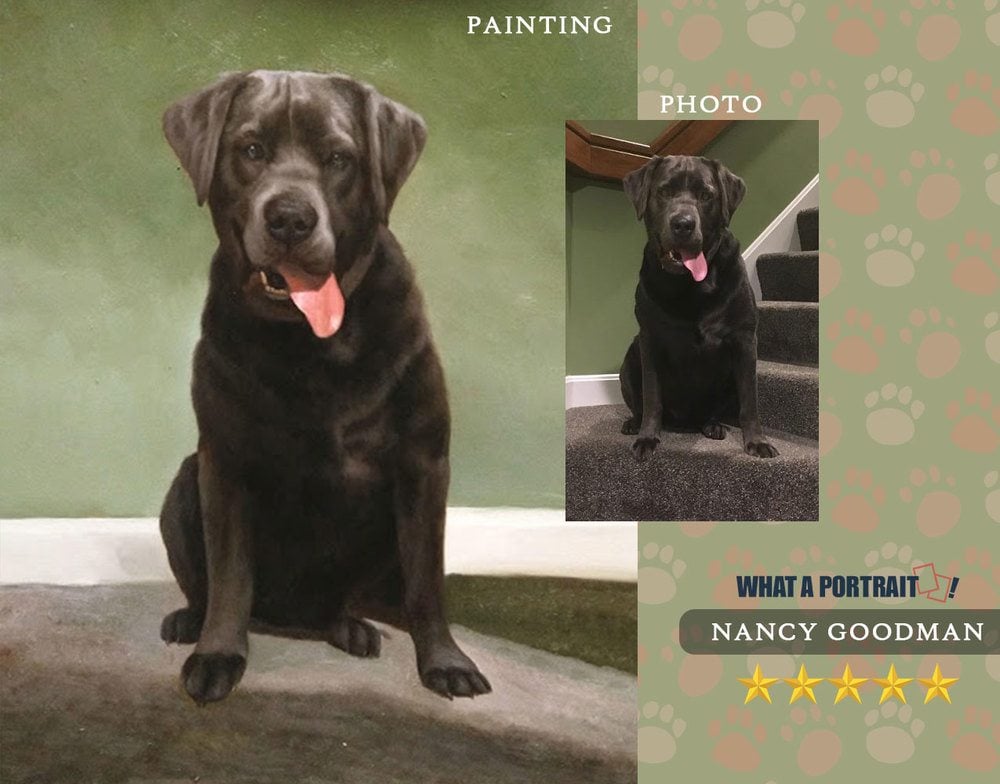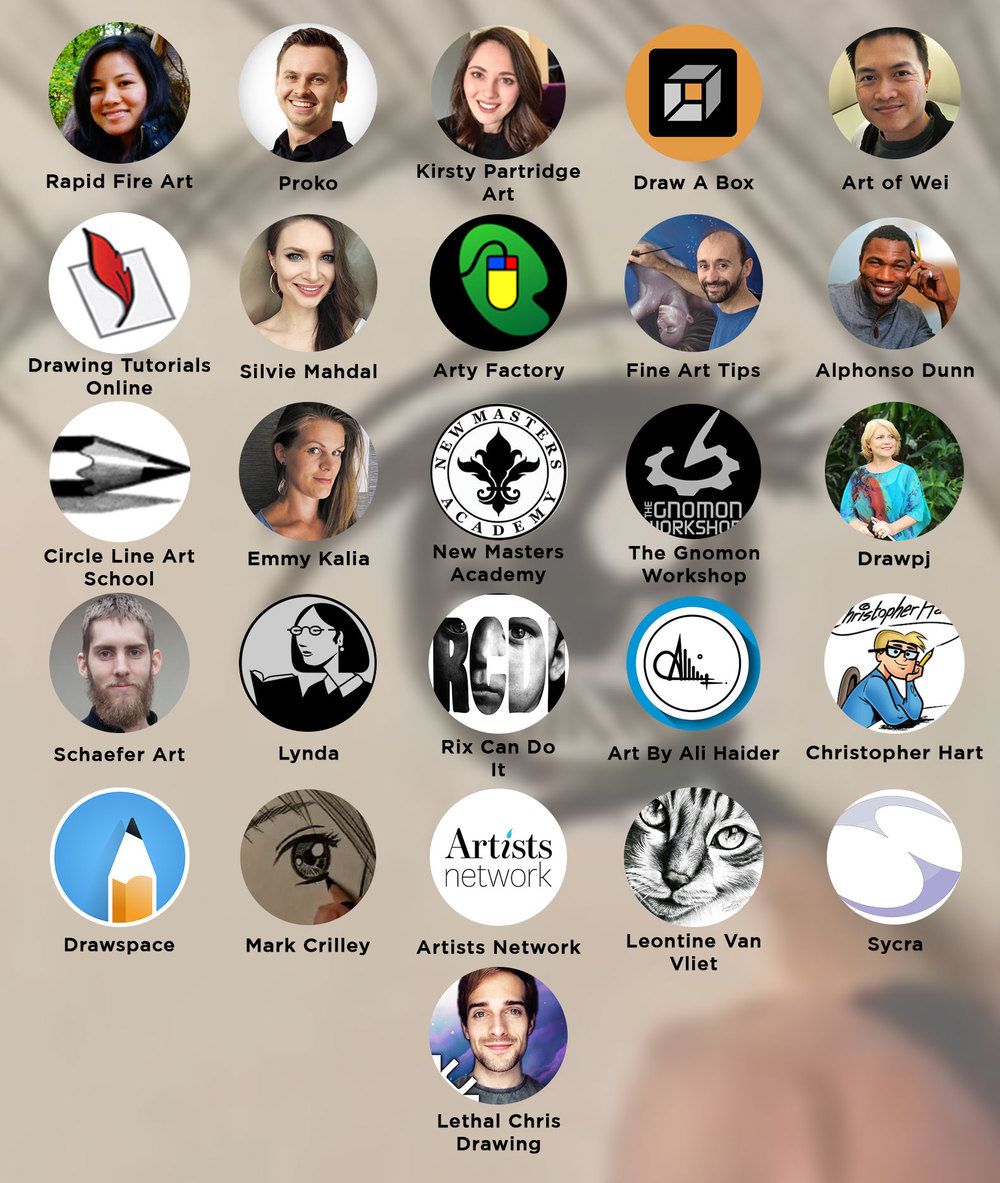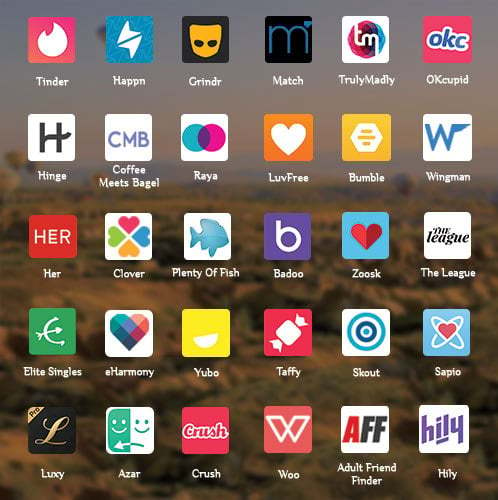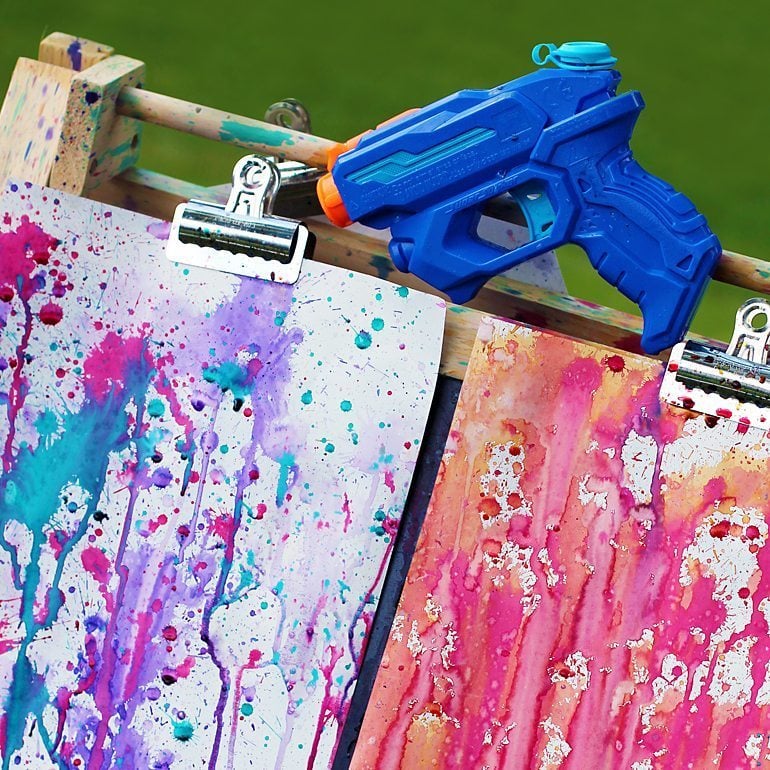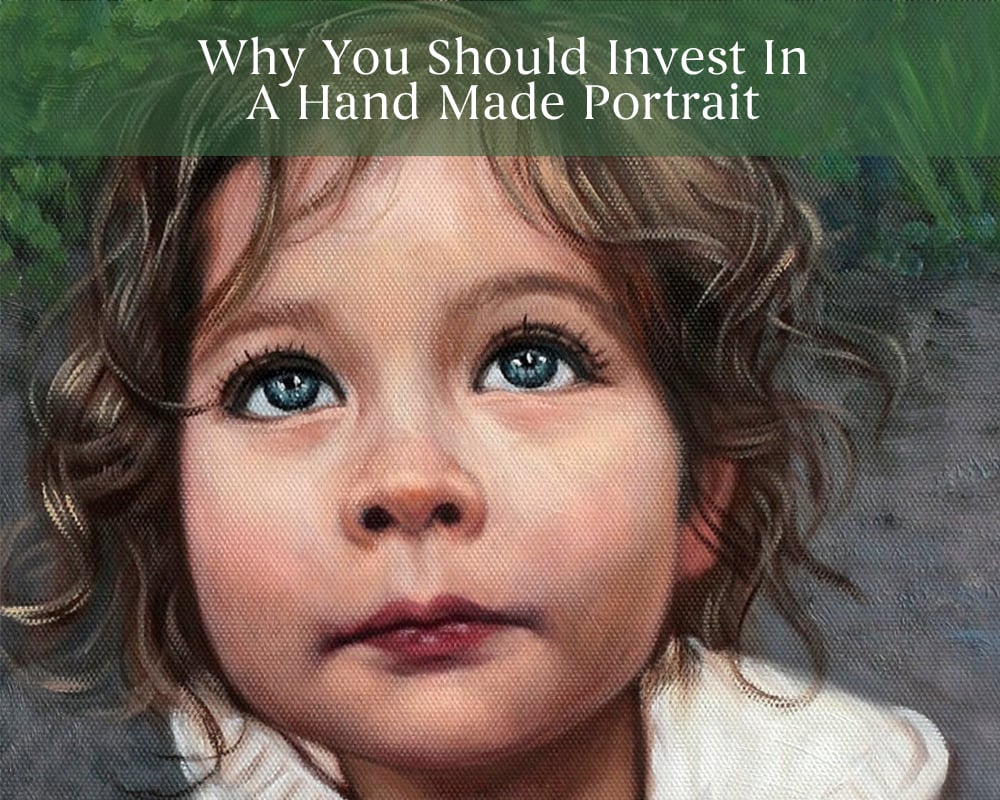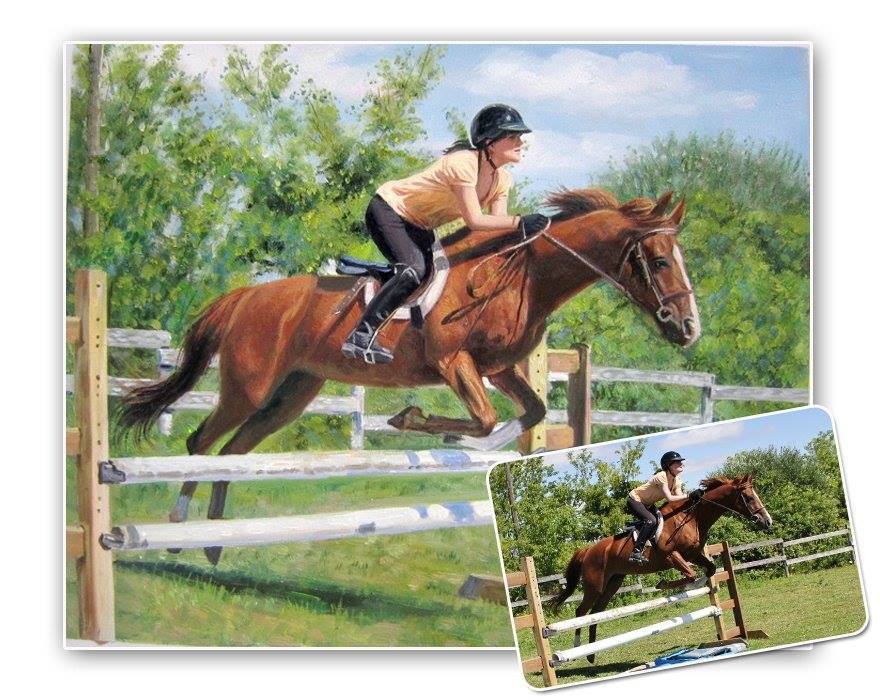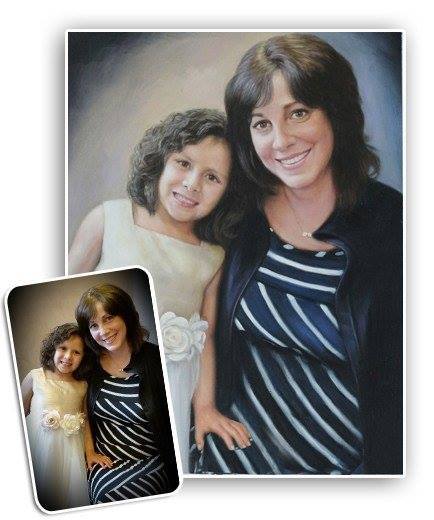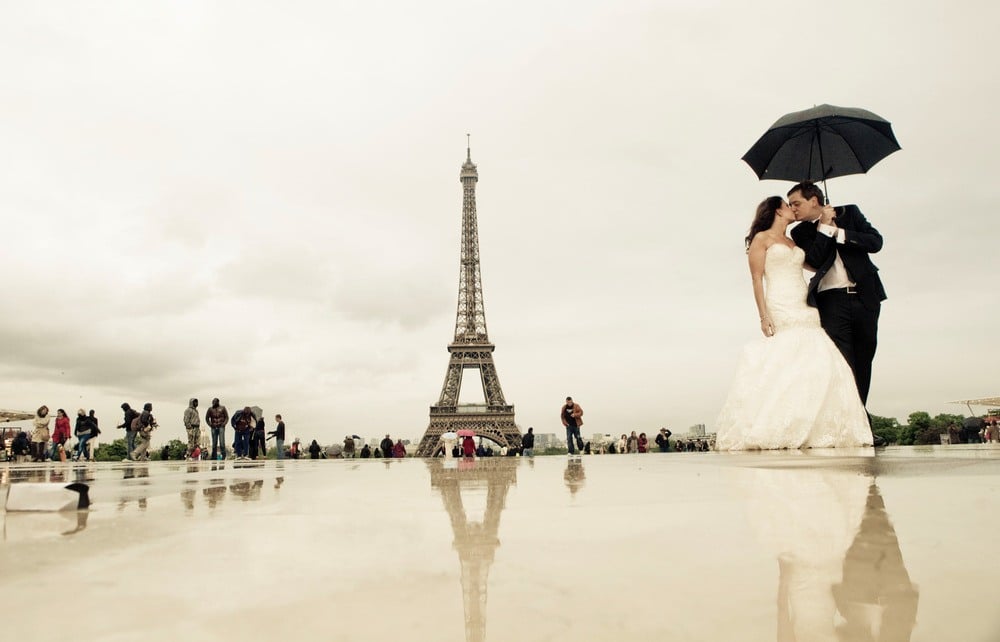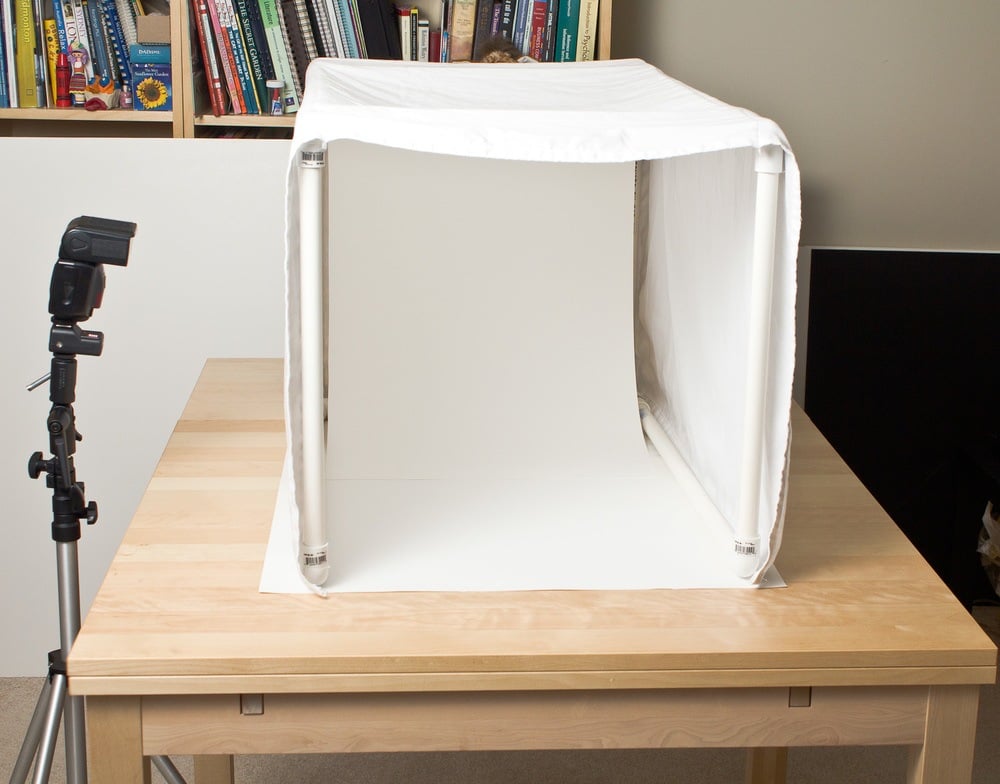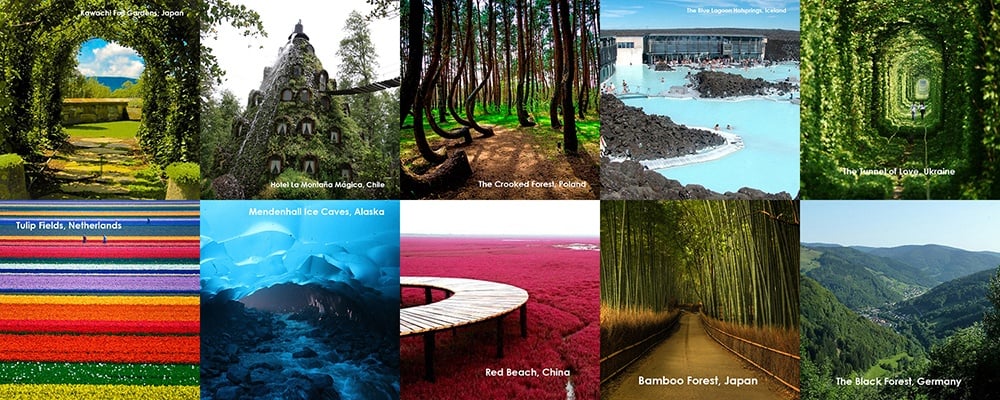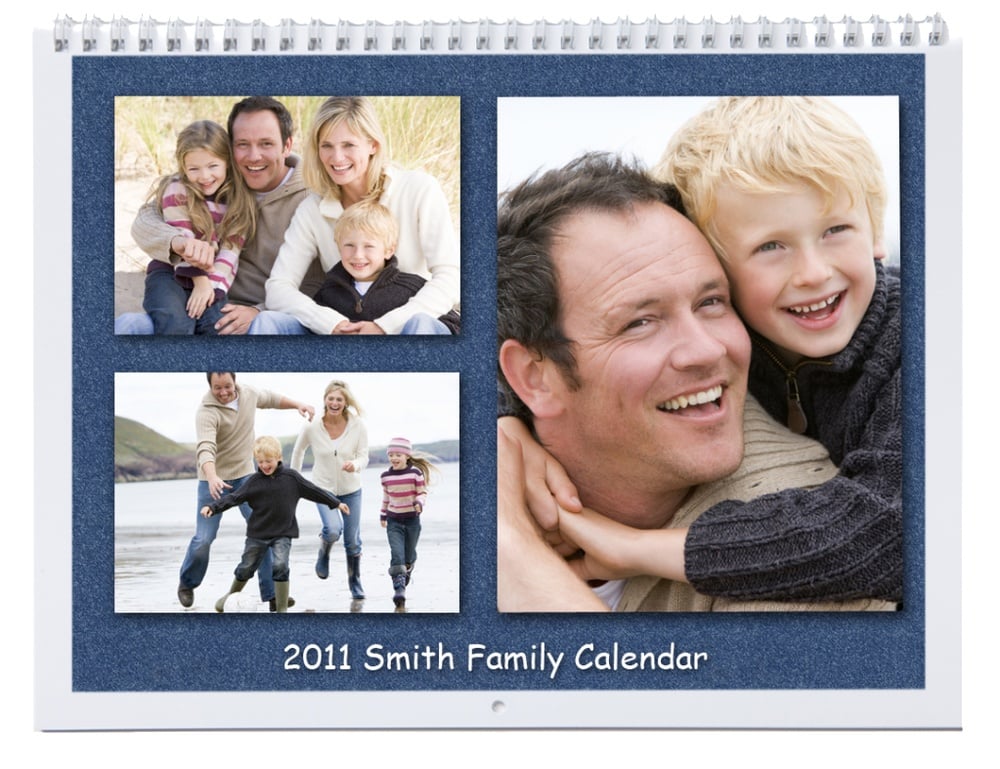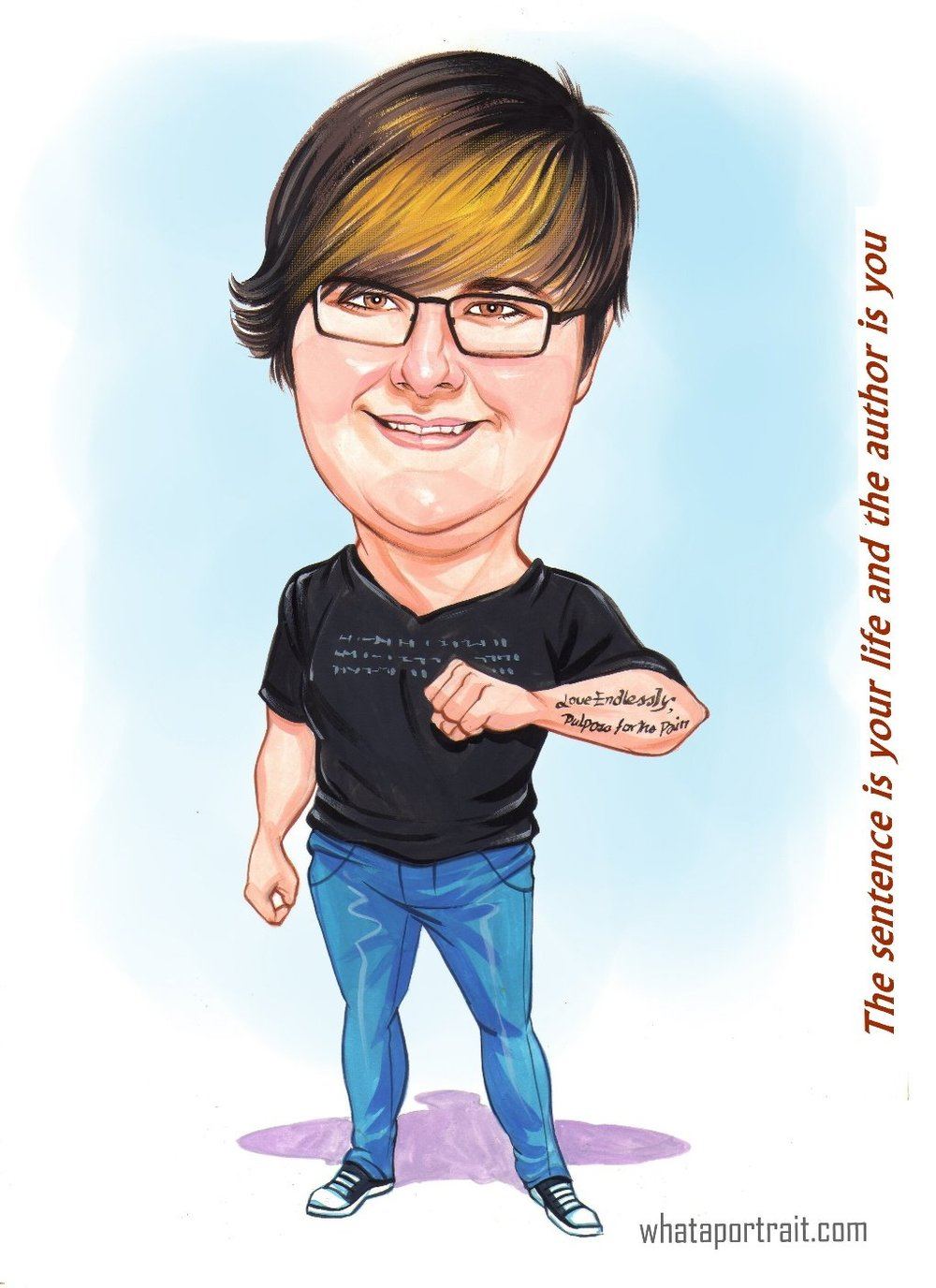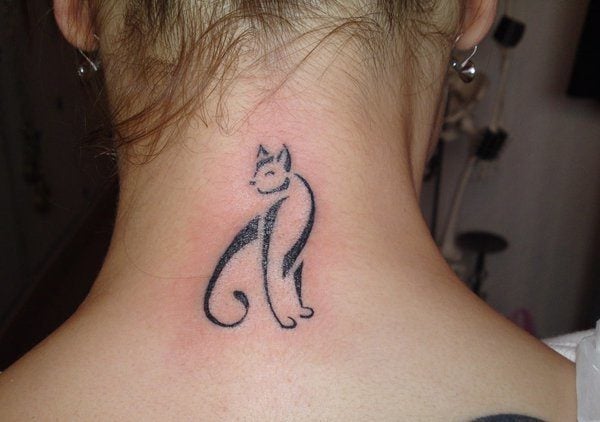Table of Content

From the early cave paintings to Renaissance-era art, charcoal drawings have remained popular in every period. The dark, expressive strokes and the highlights made using charcoal sticks bring life to sketches. Artists use charcoal sticks for multiple purposes, like drawing preliminary sketches, creating contrast for light and shadow, or making photorealistic portraits.
If you are looking for a comprehensive list of charcoal art supplies, this article will surely help you. Read further to learn about different types of charcoal, kneaded erasers, best papers, fixatives, and more to use.
What is Charcoal, and how is it made?
Charcoal is a wood residue burnt at a high temperature with minimal oxygen to remove all its water or volatile constituents. It is a black carbon organic matter made after strongly heating wood.
Despite being the oldest drawing medium, today, there are multiple variations of charcoal available in the market, each with unique properties. Charcoal's different forms and applications make it versatile and easy to use. One common factor among all types of charcoal is their soft texture and deep black matte finish.

Credit: My Modern Met

Credit: Artyfactory
Forms of Charcoal
Artists use multiple types of charcoal for drawing, sketching, and smudging. Some of them are:
1) Vine Charcoal
Vine charcoal sticks are one of the most essential and basic mediums of charcoal drawing. Vine charcoal sticks result from burned and charred sticks of grapevines. These rounded sticks come in various thicknesses and sizes depending on the requirement. Artists use vine charcoal sticks to sketch life drawings and compositions, as they are easily erasable and contain no binding agents.
The tonal value range of charcoal depends on the user, as one can make light or dark lines and textures. These sticks have the best blending and toning capabilities, resulting in the seamless blending of skin tones, atmospheric effects, faces, etc. One can sharpen it using sandpaper. However, one disadvantage of vine charcoal is that they are brittle and prone to breaking fast.

Credit: School Speciality
2) Willow Charcoal
The most versatile and widely used charcoal, willow charcoal, is popular among artists. Heating willow twigs at high temperatures in the air’s absence makes willow charcoal. Because of its easily blendable, smudgeable, and excellent tonal values, it is best for creating loose sketches, drawings, and transitions.
Willow charcoal sticks are smoother, darker, and have finer particles than vine charcoal. They have no gum binder and are easily lifted and erasable on paper. The best brands for willow charcoal are Coates, Winsor & Newton, and Brusto English. These brands manufacture charcoal sticks according to the precise hardness for drawings. They also make larger-sized sticks for artists to work on large-scale artworks.

Credit: Creative Hands
3) Compressed Charcoal
Compressed charcoal is powdered charcoal and a binding agent, whether gum or wax, compressed in a stick or pencil. As these sticks are synthetic and have variations in degrees of hardness, they leave more consistent and permanent marks on the paper. Because of the gum binder, compressed charcoal is difficult to erase and, in some cases, impossible.
The three hardness levels of compressed charcoal pencils are soft, medium, and hard. This hardness level depends upon the amount of binding agent used. Soft charcoal pencils will have less gum binder and vice-versa.
Compressed charcoal sticks are ultra black and matte compared to the vine or willow charcoal sticks. However, they are not smoothly blendable or smudgeable like vine or willow charcoal. Due to the binding agents, compressed charcoal sticks are generally stiff and thereby maintain their shape when sharpened or used. This aspect allows the artist to make finer lines, adding minute details and textures to your compositions.

Credit: Artnews

Credit: Michaels Canada
4) White-Color Compressed Charcoal
Calcium carbonate and a binder found inside the layers of a wooden block together form compressed white charcoal. Available in pencil and stick form, white-color compressed charcoal highlights tones and textures in dark backgrounds. Artists mix it with black charcoal to create gradations and accents in the tonal range.
White compressed charcoal is tough to use on paper because of its pastel-like characteristics. Artists have to apply much pressure to use it, sometimes creating a burnished lead. Therefore, using a pencil rather than a stick is advisable as it is much easier to sharpen it and avoid burnishing.

Credit: Amazon

Credit: Alitools
5) Nitram Charcoal
Nitram is medium-soft charcoal artists prefer while sketching and drawing portraits. The unique manufacturing technique of nitram makes it superior and more durable than any other form of charcoal. Nitram helps artists work without facing problems like regularly breaking charcoal sticks or shedding dust.
Nitram charcoal is available in varying degrees of hardness and size. The smaller and harder one is best suitable for detailing your artwork. However, being more expensive than any other form like vine, compressed, or willow charcoal, nitram is popular because of its satisfying working experience and excellent results.
Nitram is not only a type of charcoal but also a well-known brand of charcoal drawing materials. Nitram brand has all kinds of charcoal sticks and pencils readily available, along with papers, blending tools, fixatives, etc.

Credit: Art Lounge

Credits: Art Materials
6) Charcoal Powder
Artists use charcoal as a powder to cover large areas of their sketches or drawings. One can use the powder by brushing it on the picture or spreading it directly on the composition using tortillion and sofft tools. Charcoal powder allows artists to create smooth transitions, softer edges, and gestural marks. For example, you can use it to make a beautifully blended sky tone or background.
How an artist uses charcoal powder depends on their creativity and techniques. Some blow charcoal powder across the drawing to create different effects, while others use a makeup sponge to cover the whole painting. Nitram, Brushto, Faber Castle, etc., are some brands with the best charcoal powders.

Credit: The Virtual Instructor

Credit: Amazon
7) Charcoal Liquid
Charcoal Liquid is a water-soluble liquid packed in a tube. Artists use it by squeezing a bit of liquid charcoal on their palettes and using soft brushes to render subtle tonal effects on the drawing. Some use a stiff brush and take charcoal liquid directly from the tube.
The charcoal liquid helps create the first layers of your drawing’s background and then use other charcoal to create depth in the sketch. Artists can transition from deep black to light grey by mixing water and diluting the charcoal liquid.

Credit: Jackson’s Art Supplies

Credit: Lawrence Art Supplies
8) Charcoal Pencils
Beginners majorly use charcoal or graphite pencils for sketching. Easy to use and hassle-free, charcoal pencils are best for sketching, drawing, and smudging. Charcoal pencils have varied degrees of hardness ranging from 2B (soft) to 9H (hard).
Pencils give the artist a familiar usage feeling and help control the marks and lines. One difference between charcoal and graphite pencils is that the former gives deep dark black shades, whereas the latter always gives a metallic and reflective look.

Credit: Concept Art Empire

Credit: Youtube
Best Paper for Charcoal Drawings
Paper is the foundation for making any art piece. Every paper has its unique set of characteristics and properties. Choosing a suitable base for your drawing is essential for getting the best results in charcoal drawing. An artist can analyze the best-suited paper quality for them by regularly experimenting with different papers.
The drawing paper reflects the purpose of making the sketch. Is the drawing surface used for making preliminary sketches or final compositions? Has the artist chosen a specific piece for playing with minute details? Is the artist using toned paper to create texture, highlights, and shadows? When selecting the best drawing paper, learning about its qualities is vital. Remembering the medium’s characteristics and what the final output should look like is essential.
Generally, charcoal drawing papers should be toothed and textured to support the charcoal particles, as smooth papers fail to adhere to charcoal particles. They should be stiff so they do not tear away while using a kneaded eraser. However, experimenting with different choices is better for beginners.
Some recommendations for papers that artists can use are:
1) Textured or Toothed Paper
The tooth of a paper means a paper’s texture, i.e., how smooth or coarse the paper is. Rough textured papers are beneficial while creating charcoal drawings because they let the crumbly particles cling to them, allowing the artist to create multiple layers. How the surface holds the medium is crucial. A smoother surface is better when using graphite pencils, whereas a rougher texture is good when using charcoal or pastel.
2) Toned Paper
Toned papers have a slight tone of color other than white. Such papers can enhance artists' drawings if they have in-depth knowledge about color value and temperature. Black-toned papers with strides of white give a scenic and dramatic feel. However, using black charcoal is inappropriate as it will disappear on paper.
The blue-toned paper was significant during the Renaissance era and depicted historical and classic choice. Drawings on a grey-toned paper can showcase a judgment. An artist can play with color values and go lighter or darker. The combination of white and black on grey gives an aesthetically pleasing effect.
3) Sketchbooks
Sketchbooks are best to use while making charcoal drawings. A rough surface helps the dusty and crumbly charcoal particles sit on the paper. Therefore, choosing a rough textured sketchbook for large sketches and art pieces is a good option.
Some tips to remember while choosing the paper quality:
- The paper should be acid-free to avoid its yellowing with time.
- The thicker the paper, the better the drawings.
- The ply number indicates the thickness of the paper, so the higher the ply number, the thicker the paper.
- Artists can use semi-transparent papers to create complex overlapping layers. But, using such a paper is quite tricky and challenging.
- The texture of every paper will always vary from brand to brand.
Some options for charcoal drawing paper sheets are:
- Canson Mi-Tientes Touch
- Sax Sulphite Drawing Sheets
- Art Spectrum Colorfix
- Bristol Board
- Strathmore 400 paper

Credit: Ubuy

Credit: ArtLounge
Best Erasers and Sharpeners for Charcoal Drawings
1) Kneaded Eraser
A kneaded eraser is an essential element in any artist’s kit. An eraser can remove drawing mediums like graphite, charcoal, chalk, or pastels. As the name suggests, kneaded erasers can be molded and stretched into different shapes depending on the requirement.
The steps to follow while using a kneaded eraser are as follows:
- Unwrap the kneaded eraser on a clean surface.
- Stretch out the ends of the eraser, break it into two, and then knead them together.
- Combine some graphite shavings into the eraser to soften it immediately.
- Once you have softened and combined the pieces of the eraser, it is ready to use.
- Rather than dragging the eraser on your drawings, dab them to erase the part neatly.
- Once you have finished using the kneaded eraser, stretch and fold it back multiple times to clean it.
A kneaded eraser is not only to erase a particular part but also to create highlights on a dark black surface. Artists also use it to prevent smudging.

Credit: Amazon

Credit: Wikipedia
2) Electric Eraser
Electric erasers are more efficient and easier to use than kneaded erasers. These handheld, battery-enabled devices let the artist clean up a specific drawing part. One can remove the pencil marks and any other colored marks or dark stripes using it.

Credit: Walmart
3) Tombow Mono Zero
Tombow Mono Zero are uniquely designed erasers for pinpoint erasing. This retractable eraser plays multiple roles. Artists precisely highlight their drawings using the Tombow Mono eraser.
Its pen shape makes it familiar for the artist's hands and easy to control. Its ultra-refined tip allows artists to work accurately and in-depth.

Credit: Tombow
4) Electric Sharpener
Electric Sharpeners are energy and time savers. It grants the right amount of pressure for sharpening the charcoal pencils, proving its value in an artist’s toolkit.
Artists also use sandpaper and sharpening blocks to sharpen the charcoal or pastel sticks. Some also use a craft knife to sharpen charcoal pencils to avoid breaking leads.

Credit: GetUScart

Credit: Ubuy
Charcoal Blending Tools and Other Accessories
Blending the various textures and effects created while making a charcoal portrait or sketch is vital for an efficient result. Some of the blending accessories and tools are:
1) Tortillion
A tortillion, also known as a blending stump, is a cylindrical-shaped tool made of soft paper, tightly folded to create a stick. The sandpaper accurately points the stick from both sides. Then, artists use these sticks for smudging and blending the marks of charcoal, crayons, graphite, or pastels.
The sharp ends of the tortillion precisely pick up the unnecessary dust and charcoal particles from the drawings. It also helps in creating light soft lines across the sketches. One can clean it by rubbing it against sandpaper.

Credit: Crafts Village
2) Chamois
Chamois cloth is a soft leather, i.e., fine quality natural skin that is an excellent blending and shading tool. Chamois helps mix different shades and remove unnecessary smudges in charcoal drawings. It is a better tool than using fingers as fingers secrete oil which can make unwanted marks on the sketch.
Chamois is flexible and absorbent; therefore, it can lighten the paintings and absorb the dusty charcoal elements. One can use soap and water to clean and rinse the chamois cloth.

Credit: RISD Store
3) Sofft Tool
Sofft Tool is a palette knife-shaped accessory with a dense sponge in the beginning. It was initially developed for blending pan pastels. But now, it is used to mix and shade dry mediums also. Sofft tool is available in different sizes and shapes depending upon the artist’s requirements. They are washable, reusable, and easy to clean.

Joe’s Art Stuff
4) Charcoal Fixatives
Charcoal fixatives are essential in the last stage of a charcoal portrait. It preserves the sketches and gives them a settled and matte finish. Before spraying the charcoal fixative, it is important to dust off all the loose charcoal particles with a brush. After cleaning, spray the charcoal fixative over it.
Charcoal fixatives prevent sketches, drawings, and other artwork of charcoal from fading, smudging, discoloring, or flexing.

Credit: Jackson’s Art Supplies
Apart from the tools mentioned above, people use makeup sponges and brushes to blend their artwork perfectly. They even use acetone to give a wet effect to their charcoal drawings.
Conclusion
charcoal portraits and sketches have their own charm. The tones, textures, highlights, and effects bring life to the drawings. After reading this article, you must have learned in-depth about charcoal drawing materials.
Now what’s stopping you? Collect your material, brainstorm some ideas, and start your sketching journey today!


